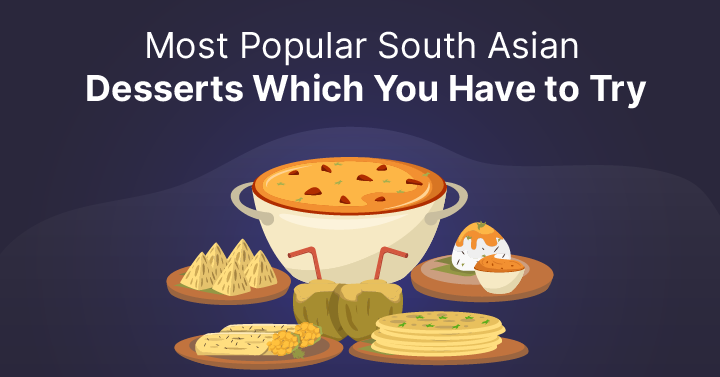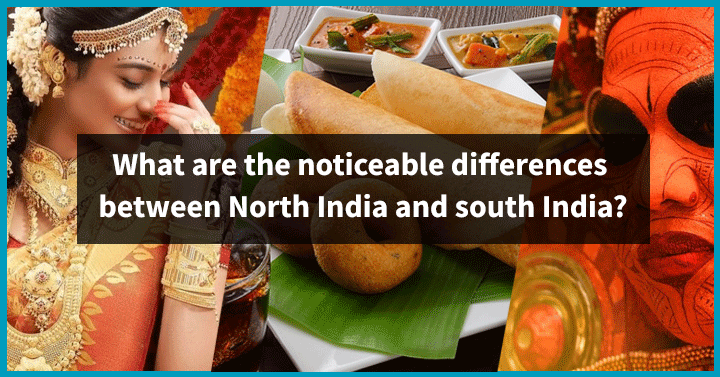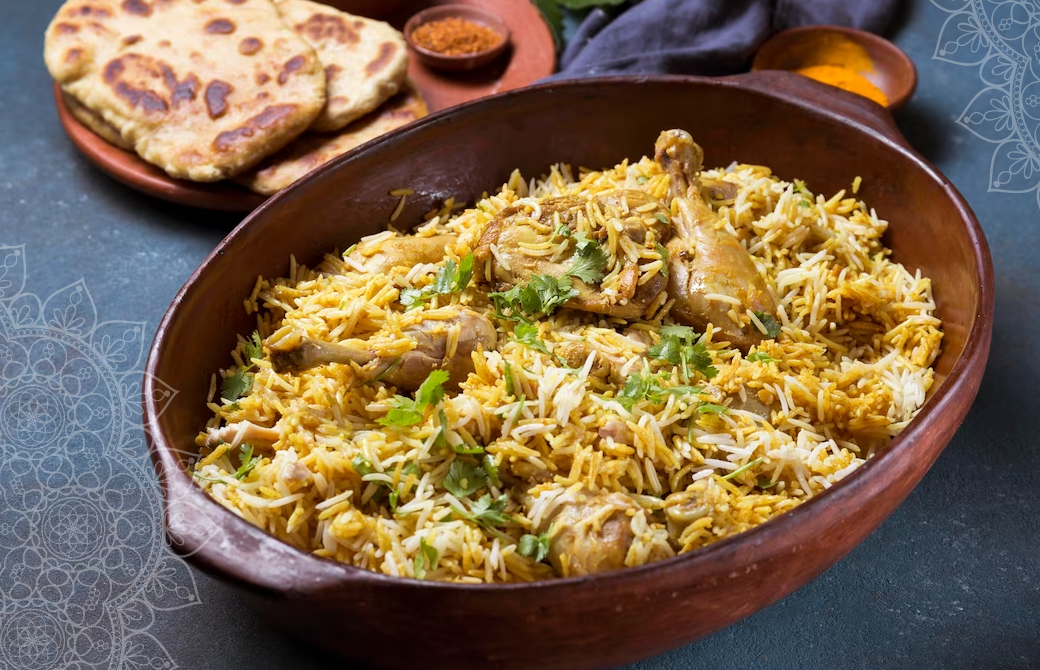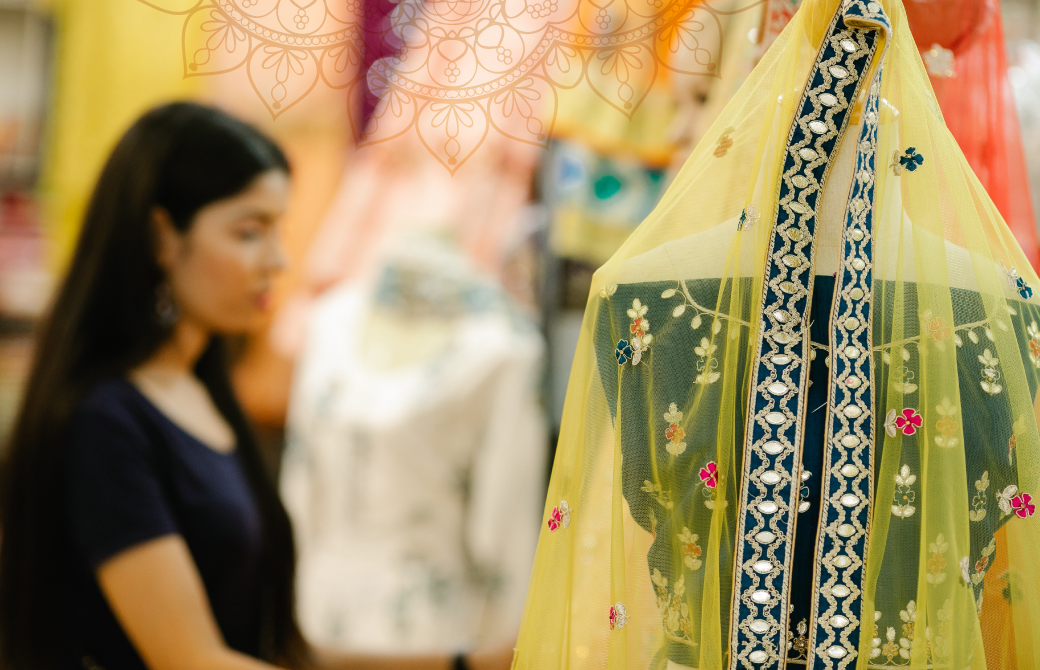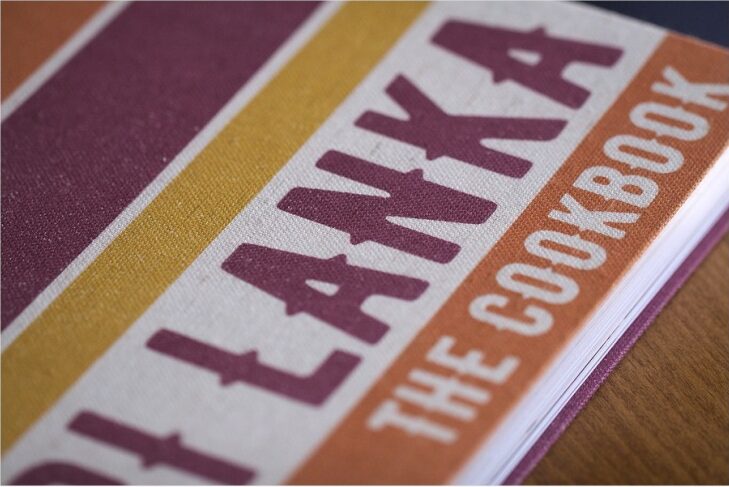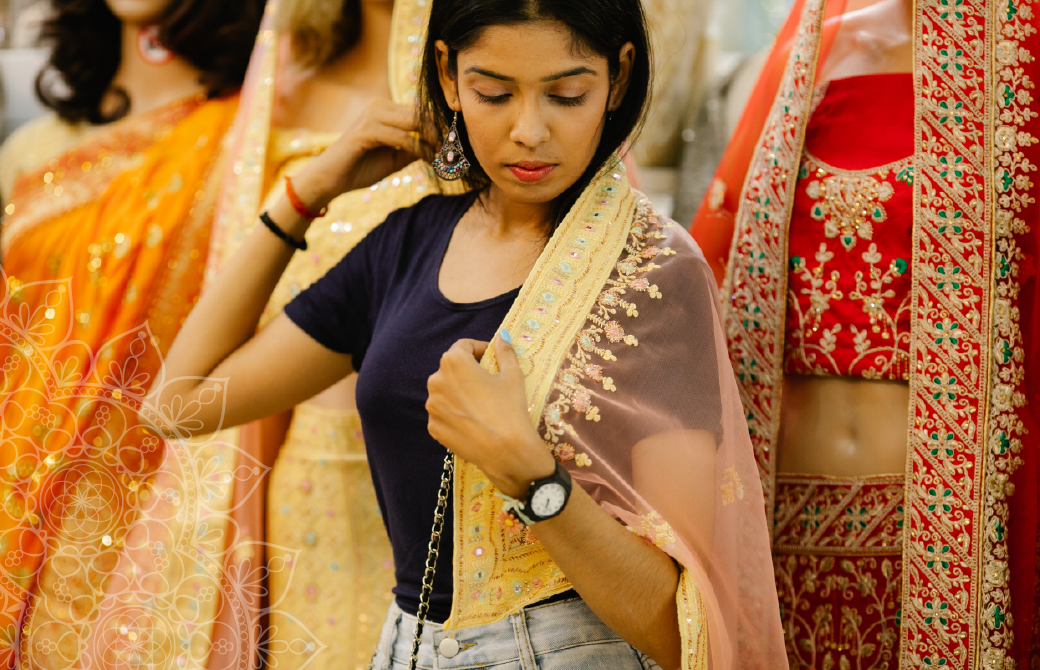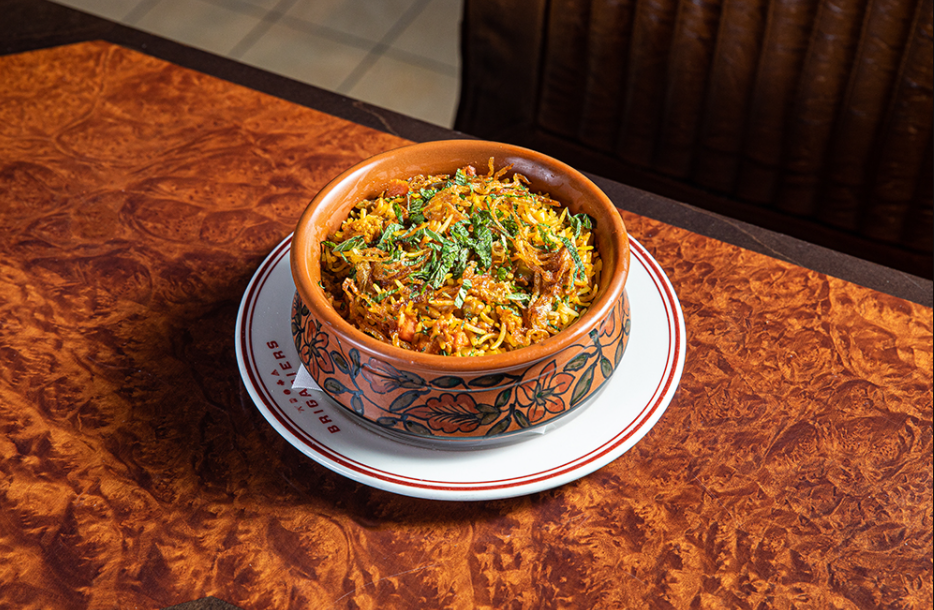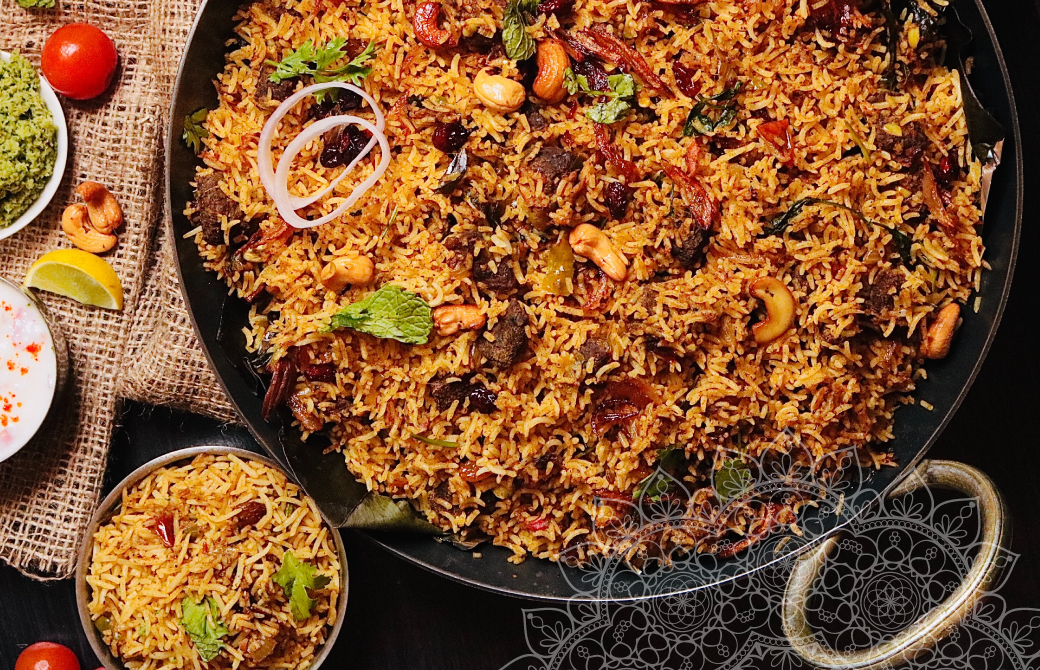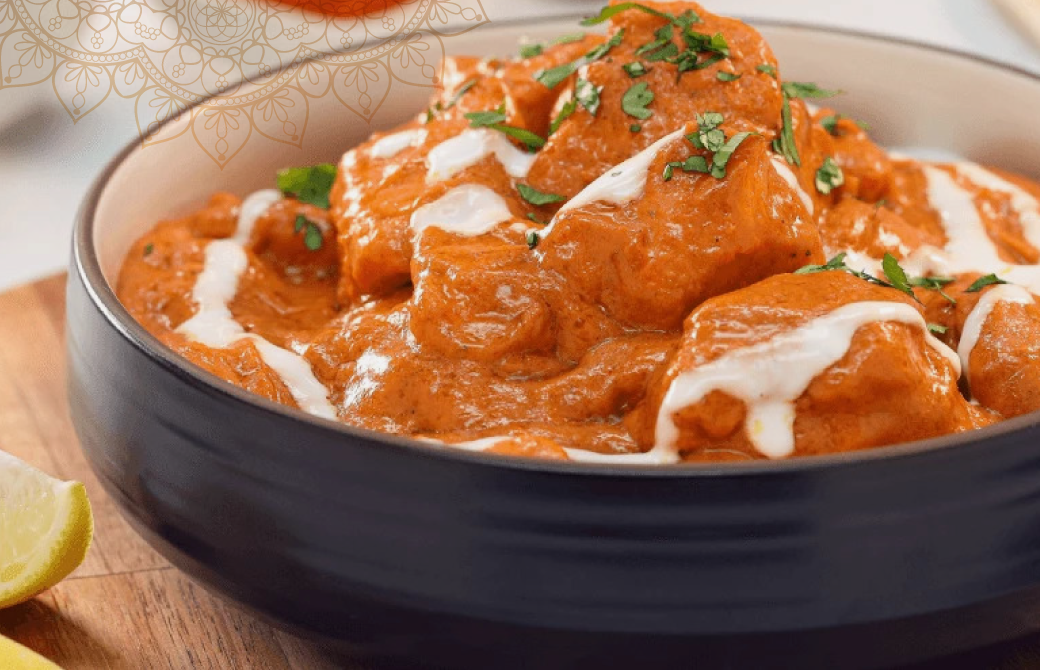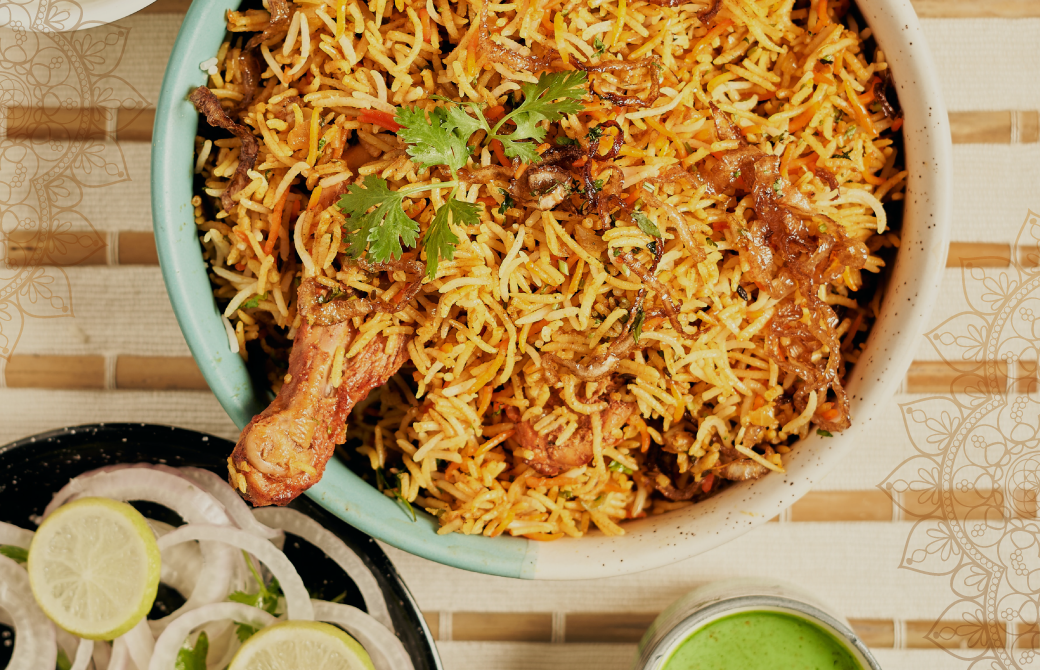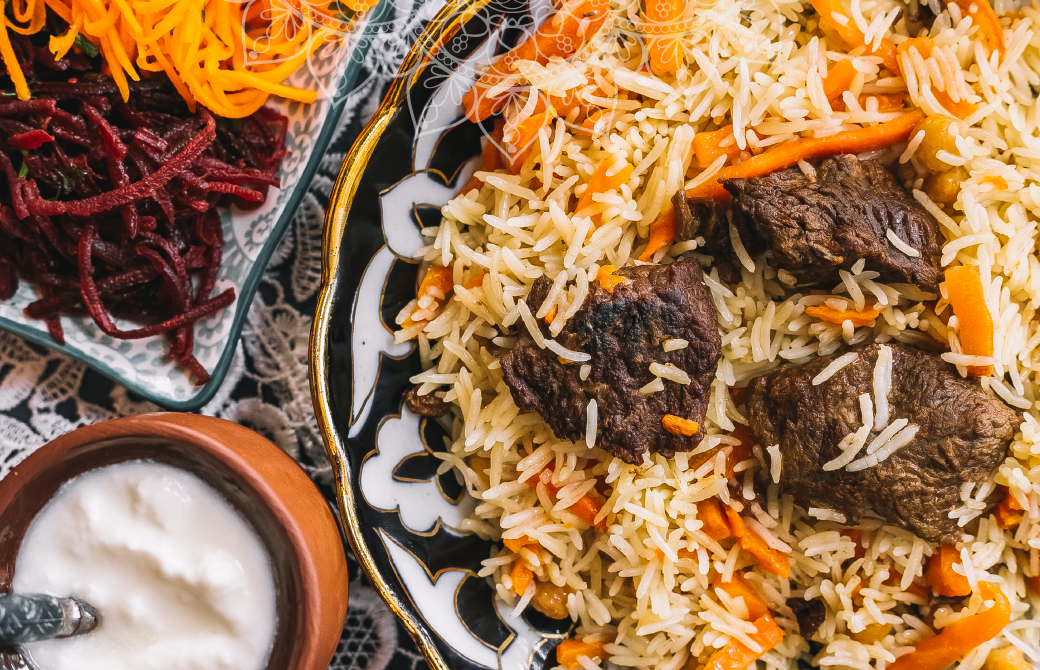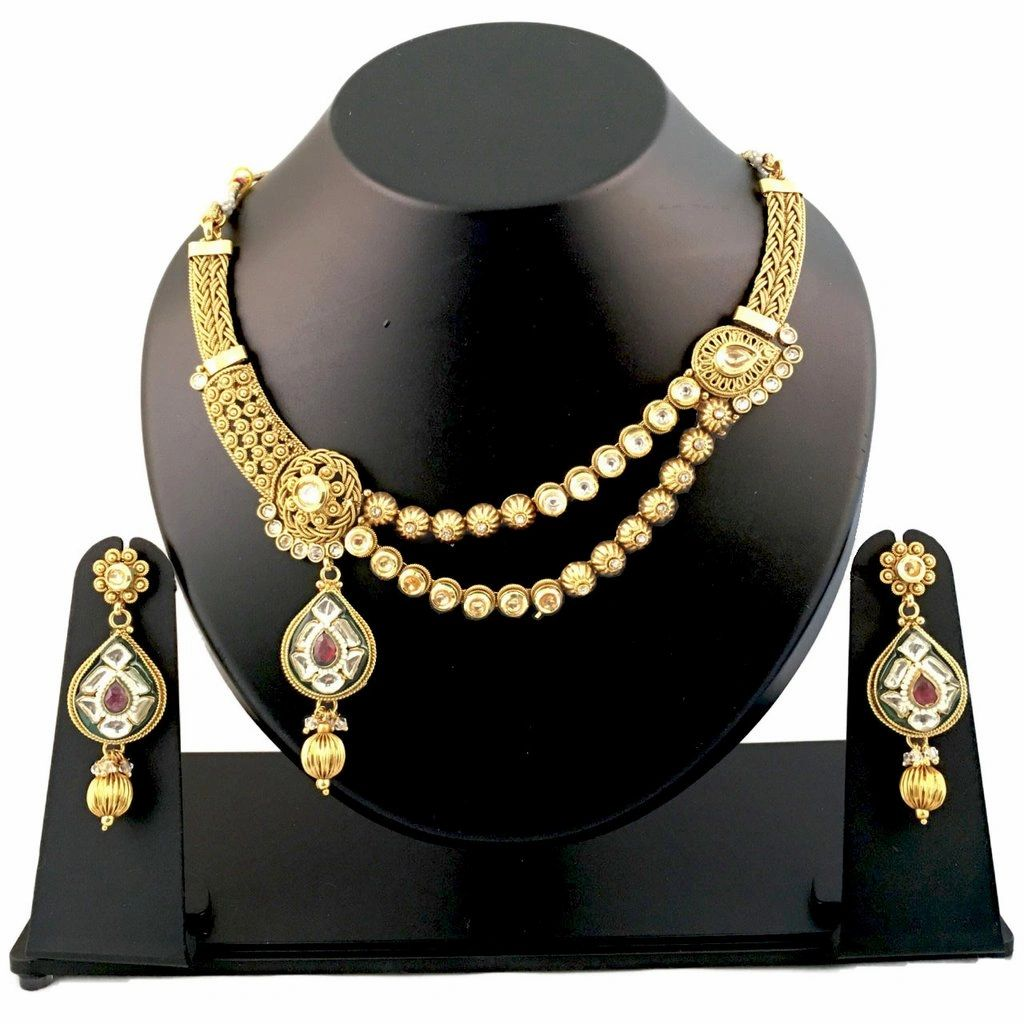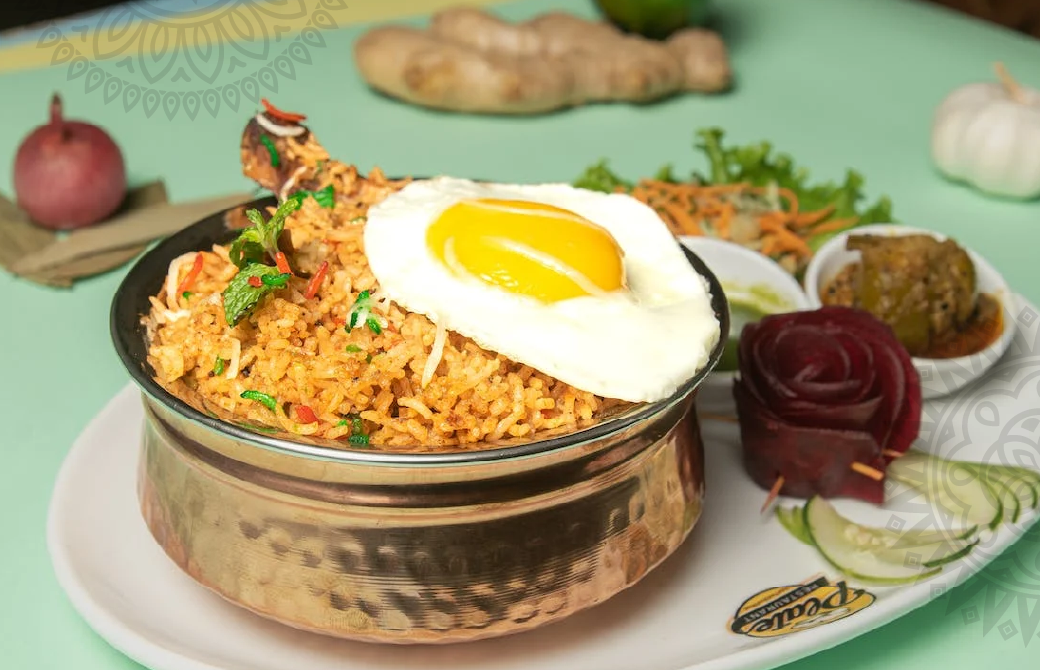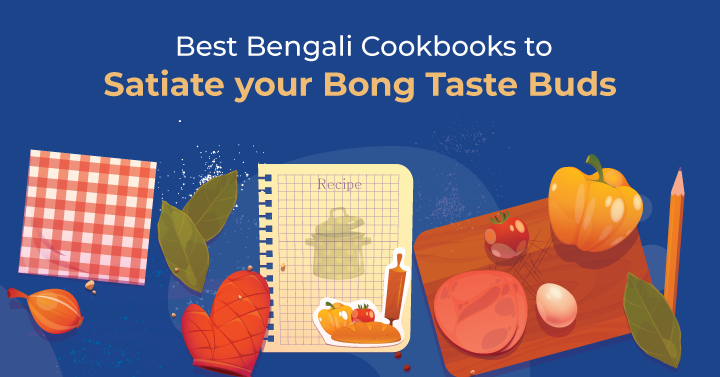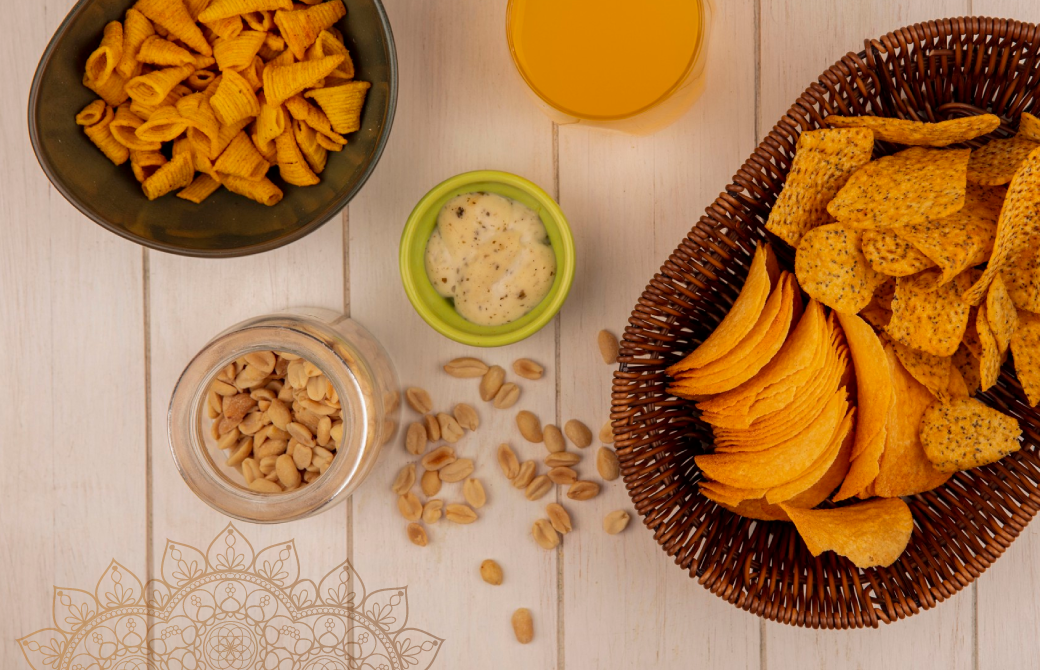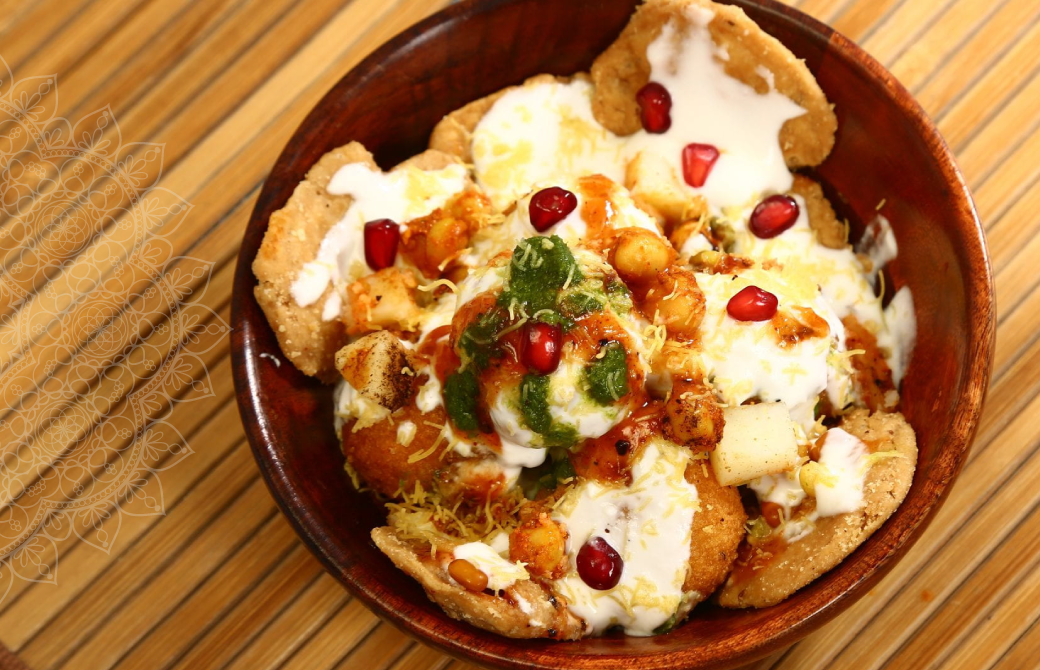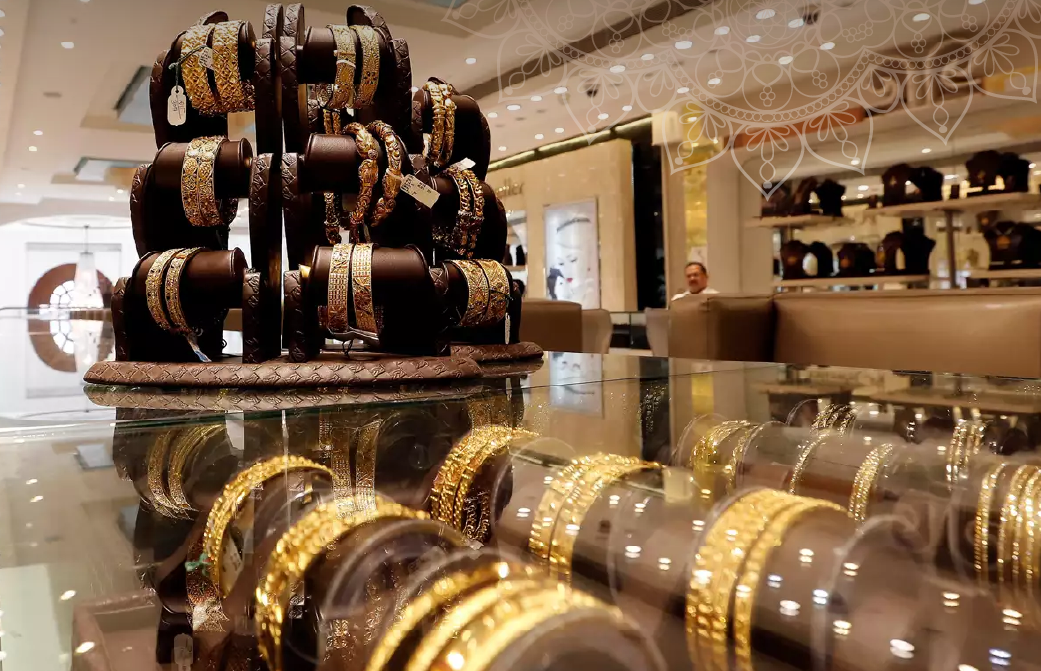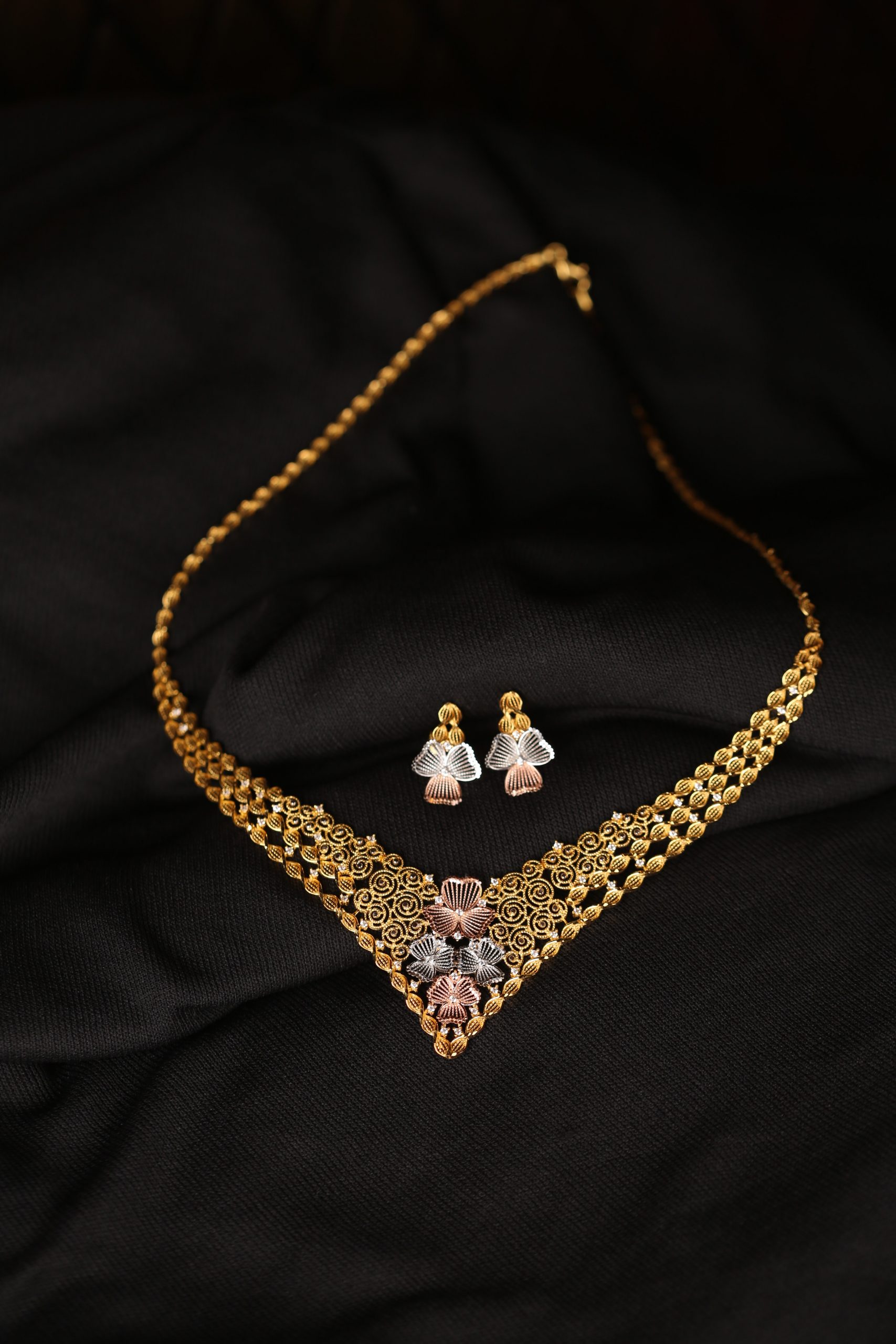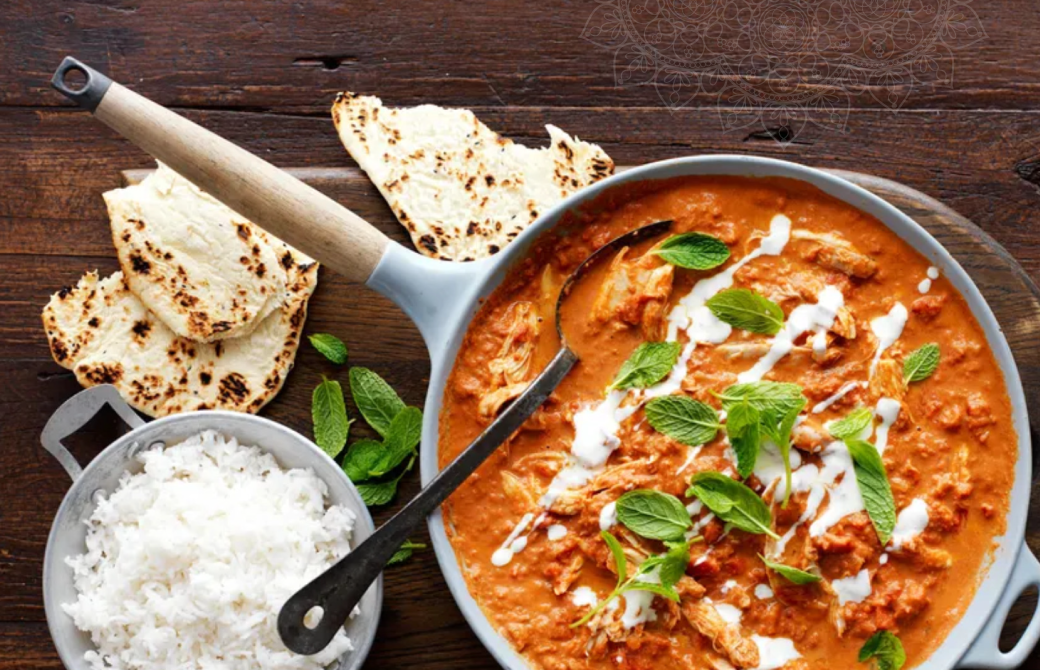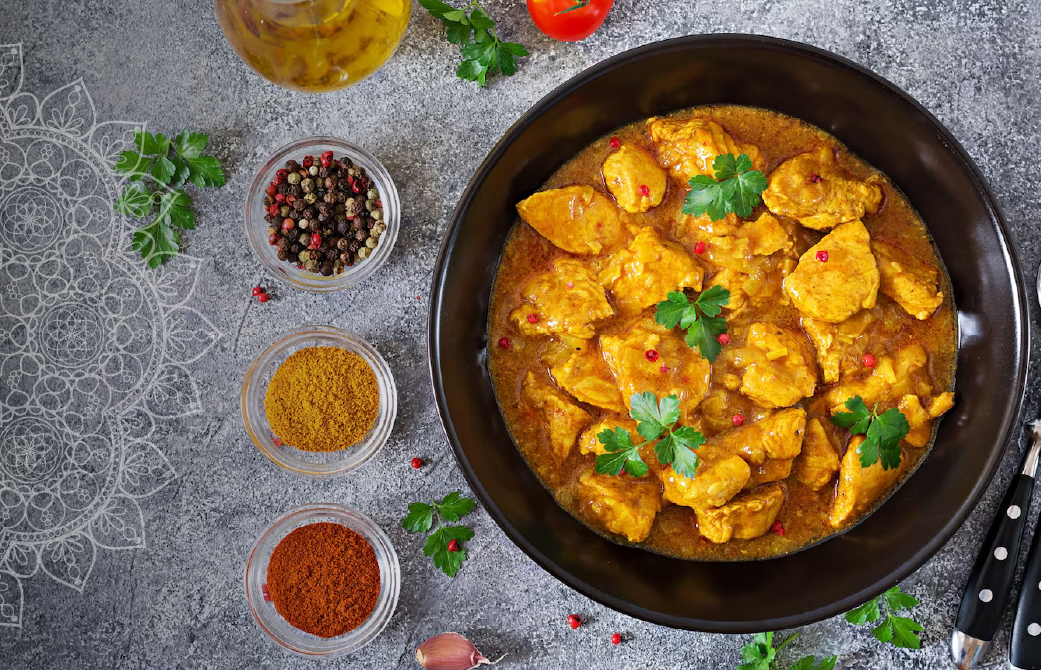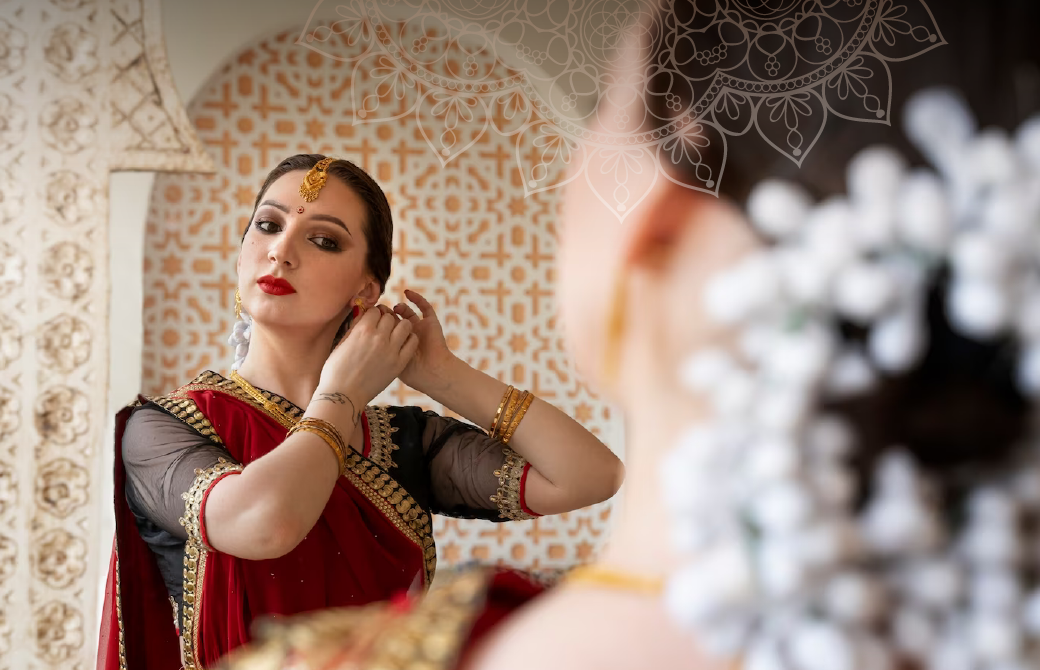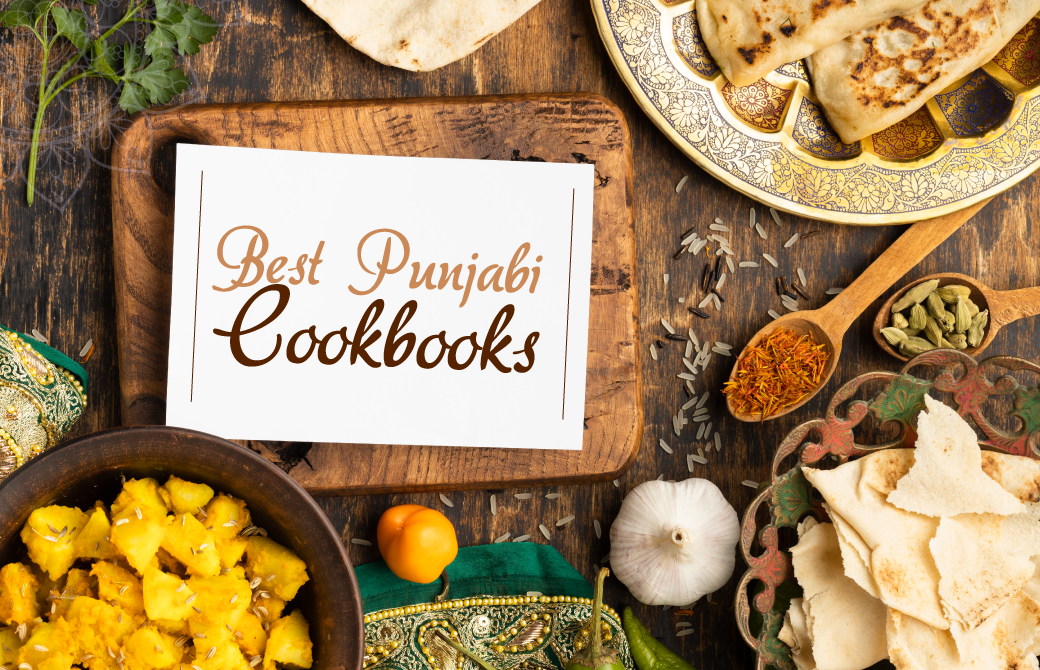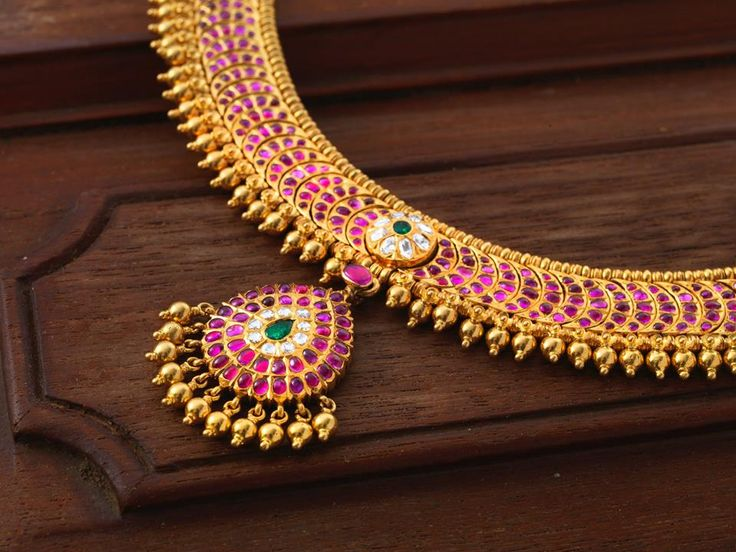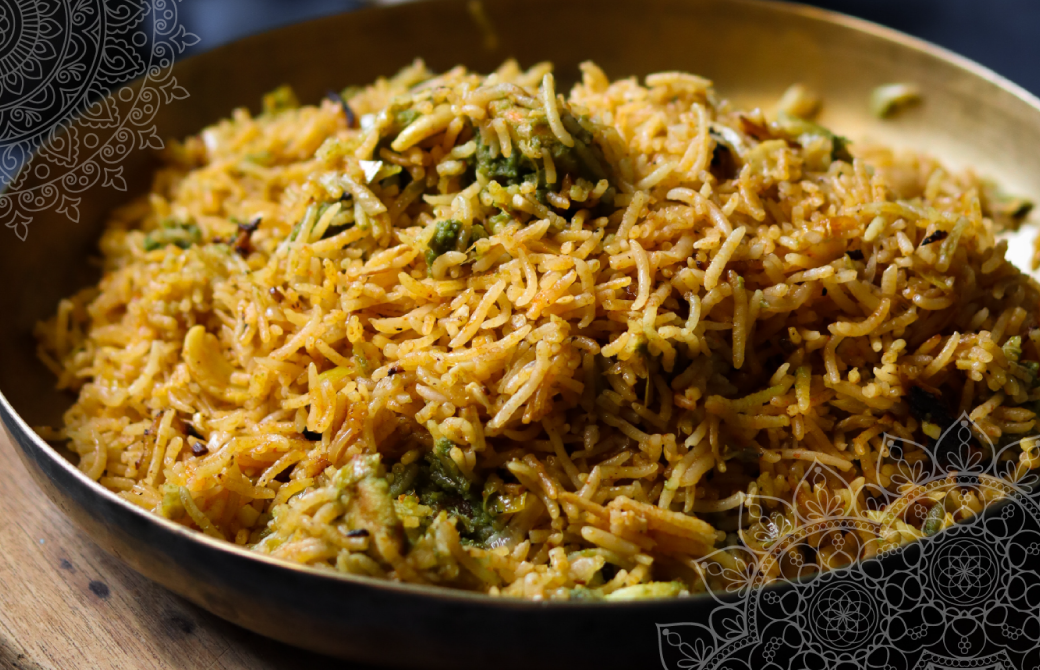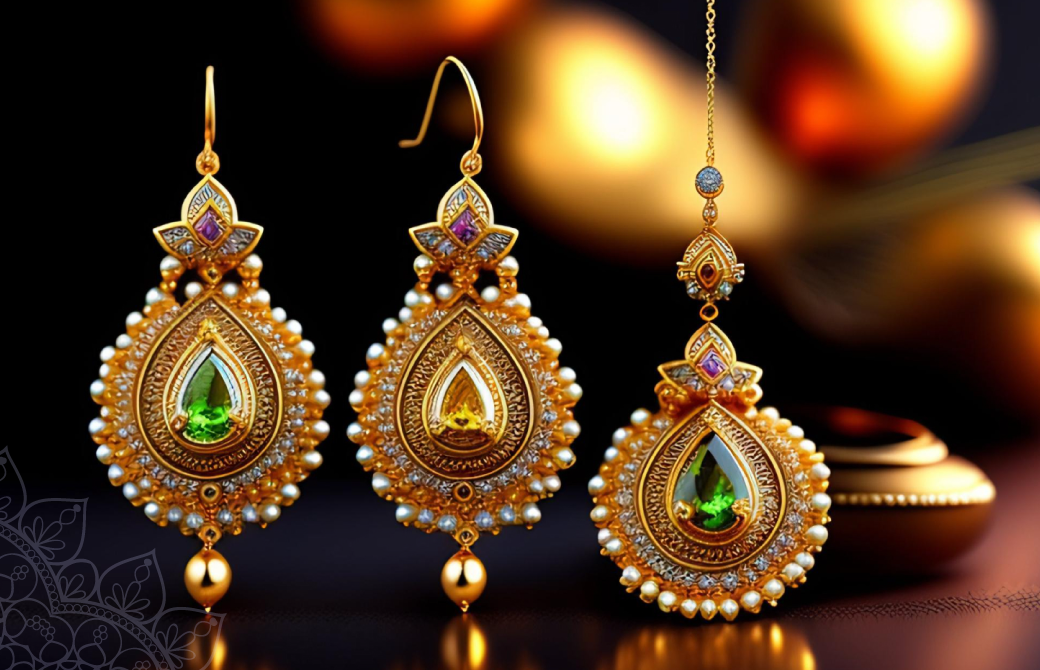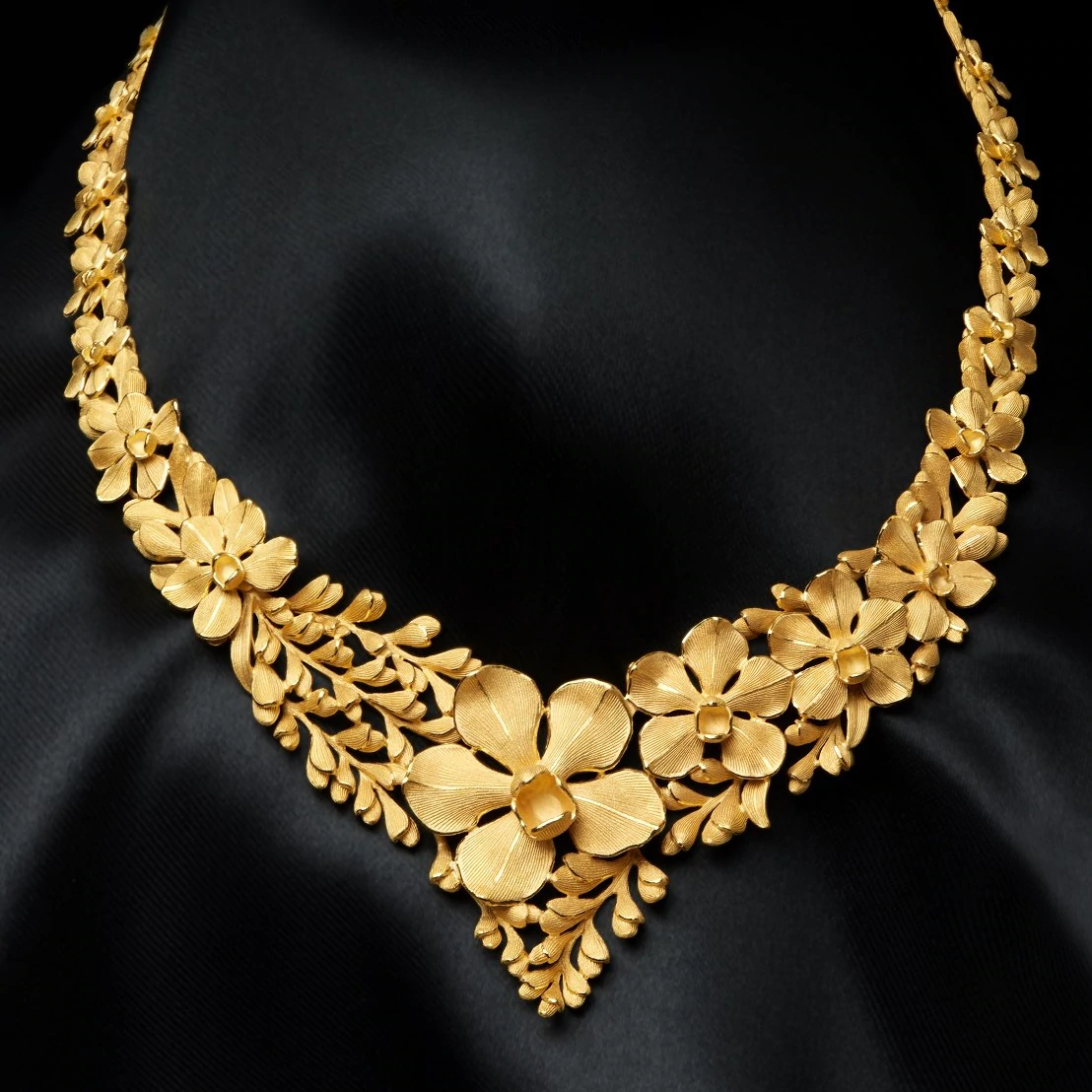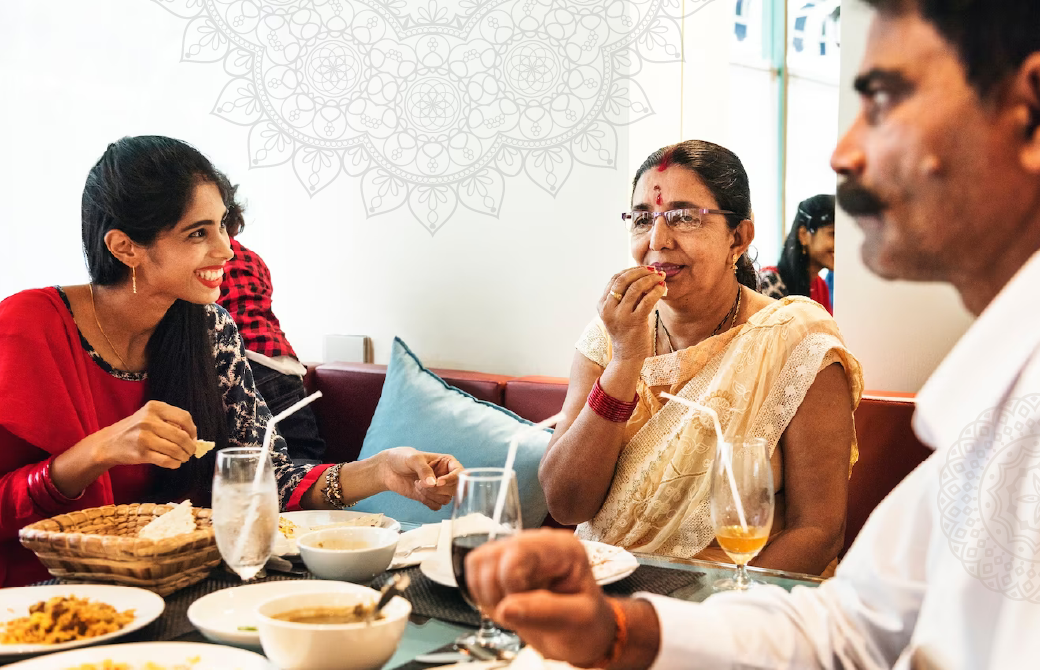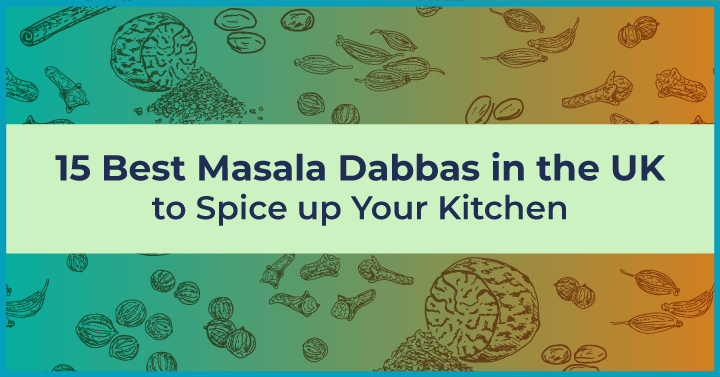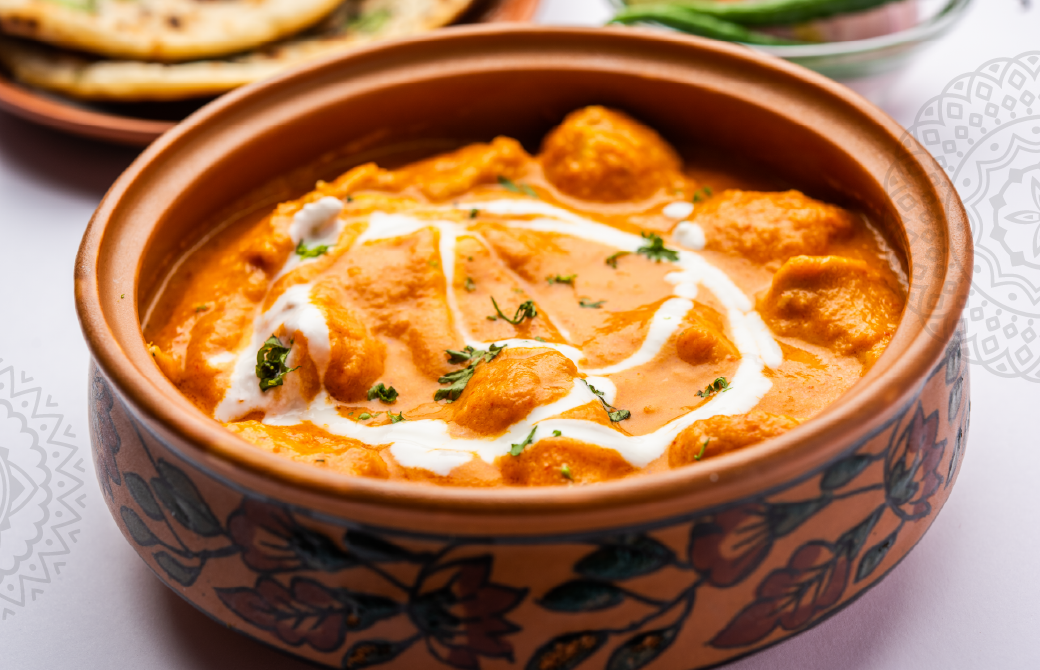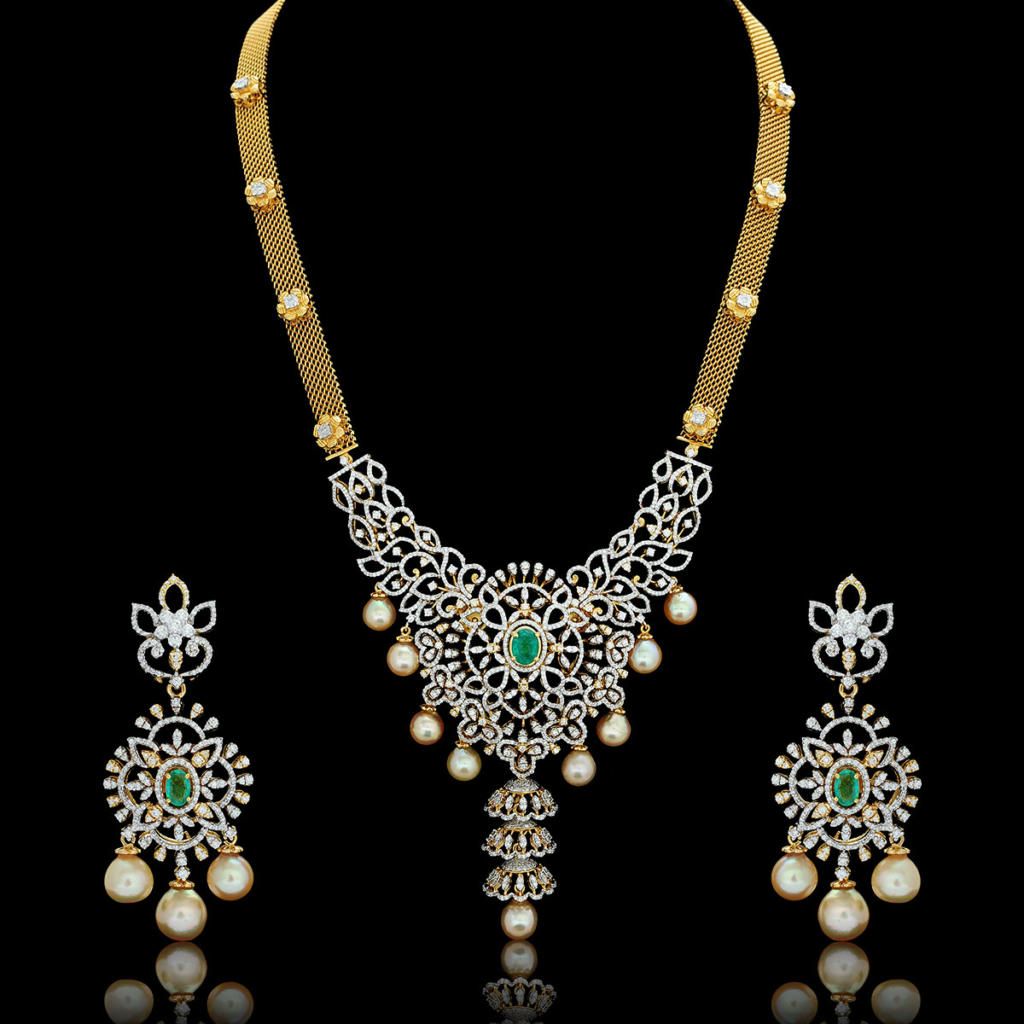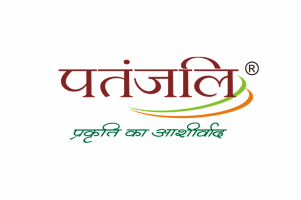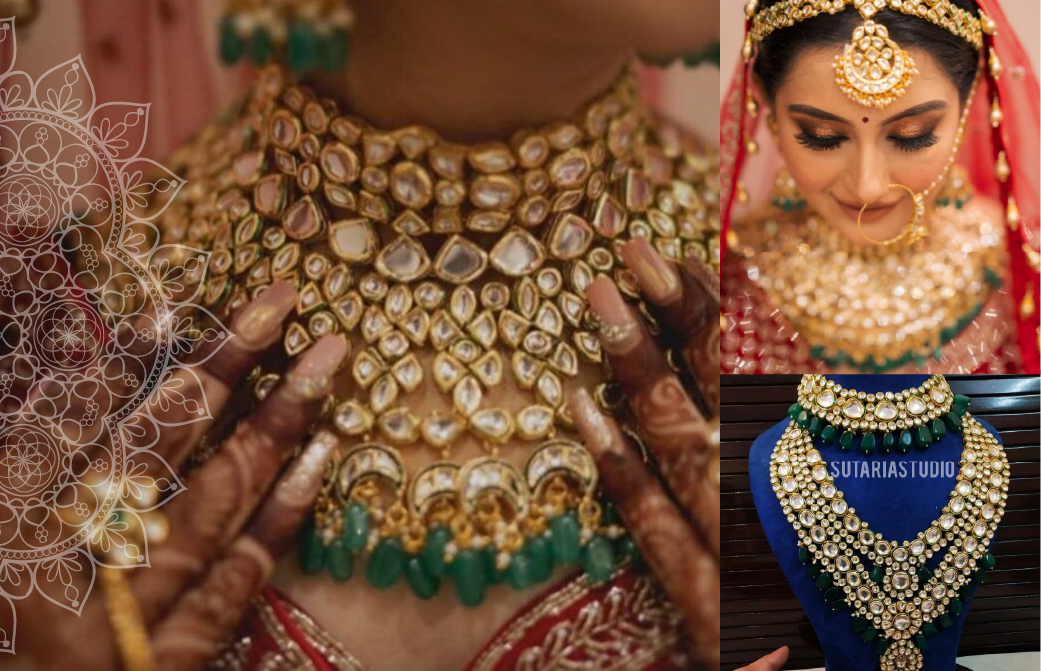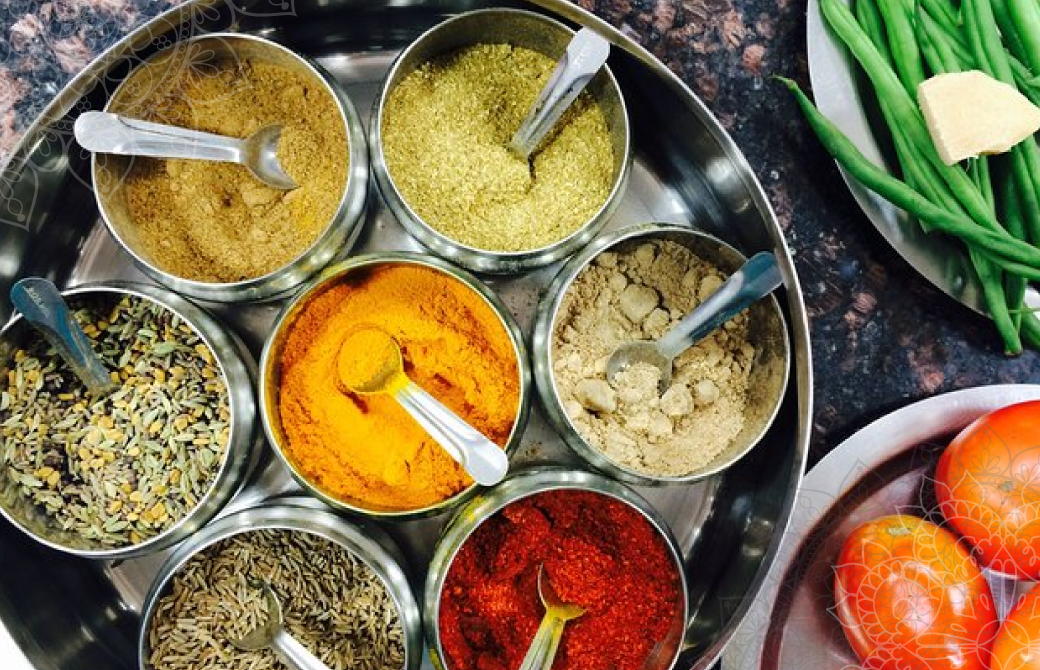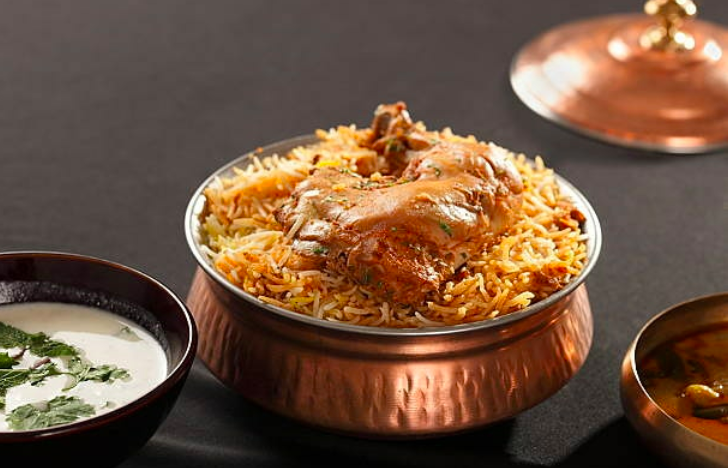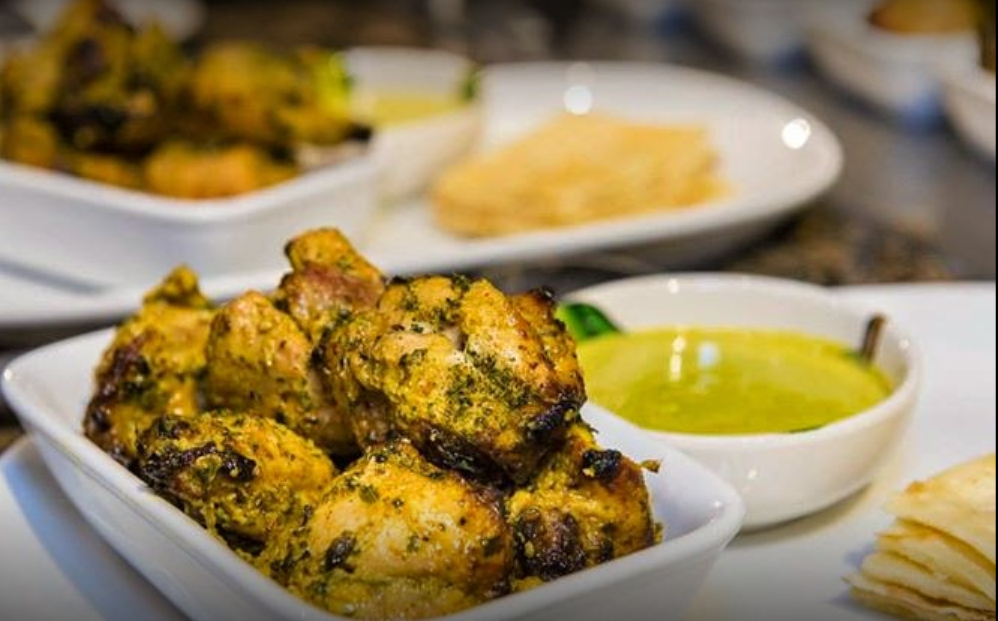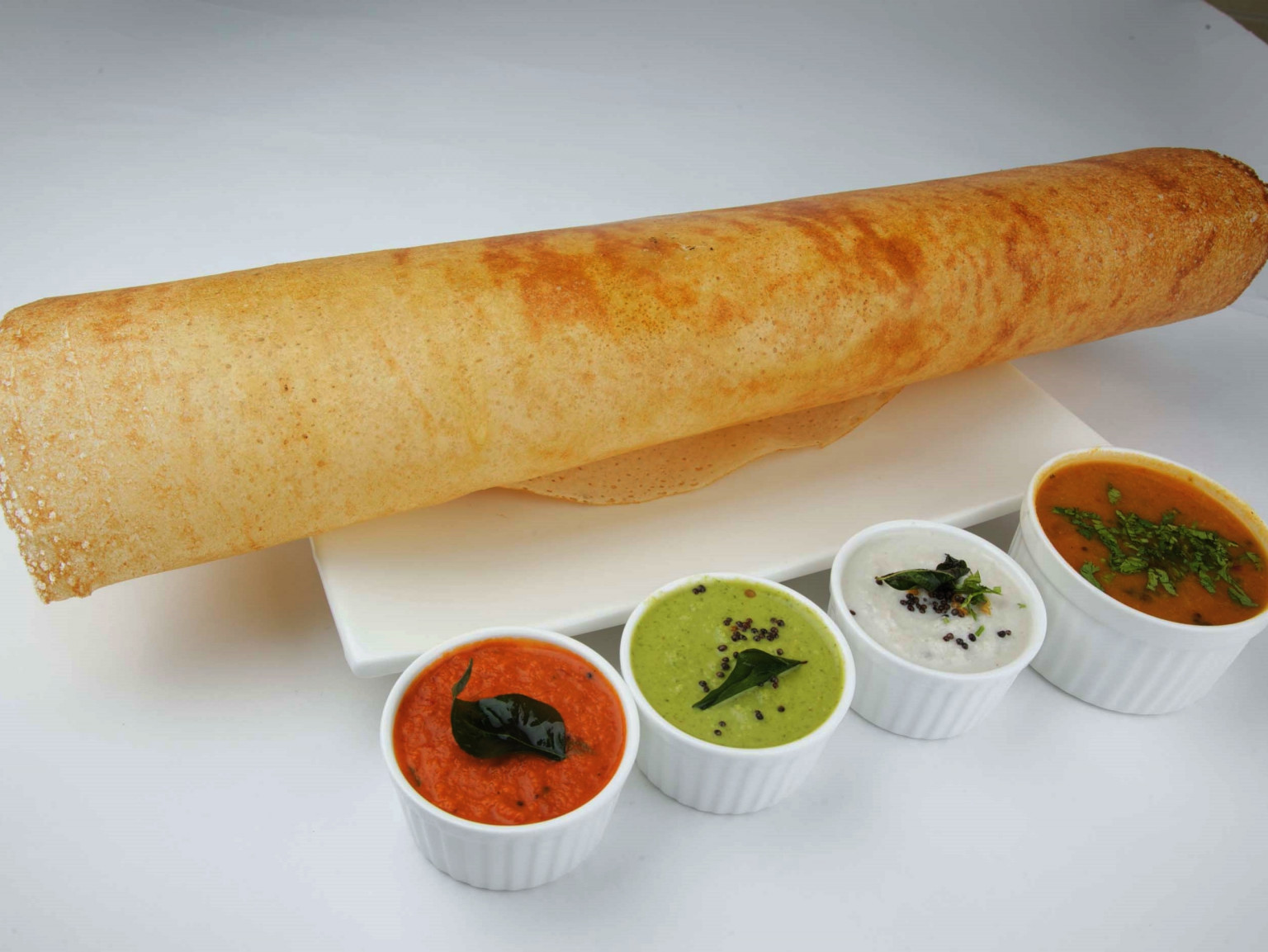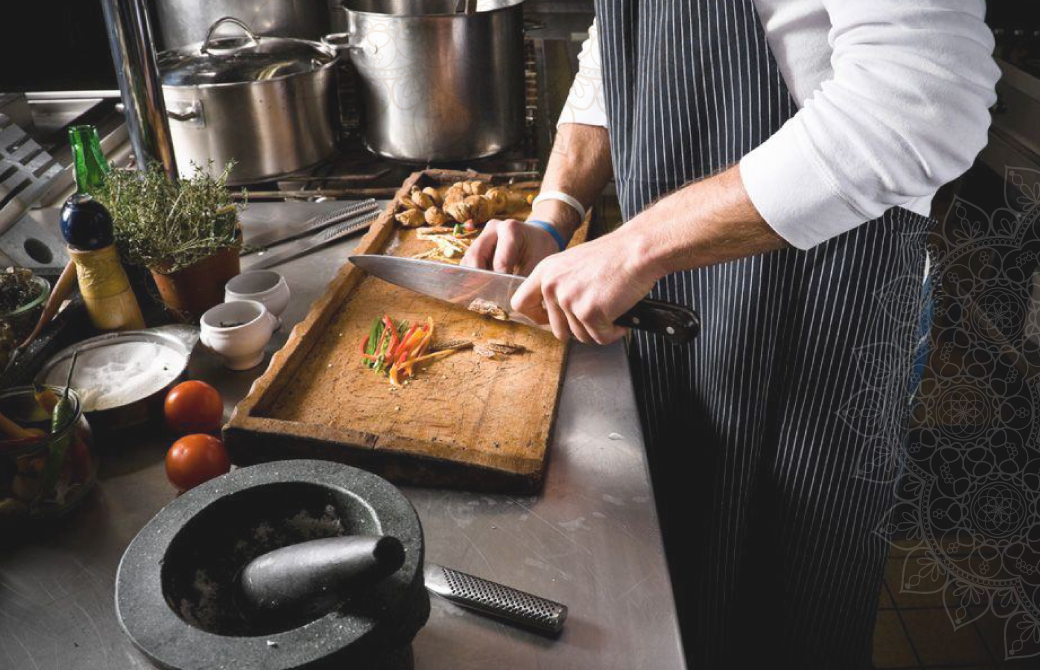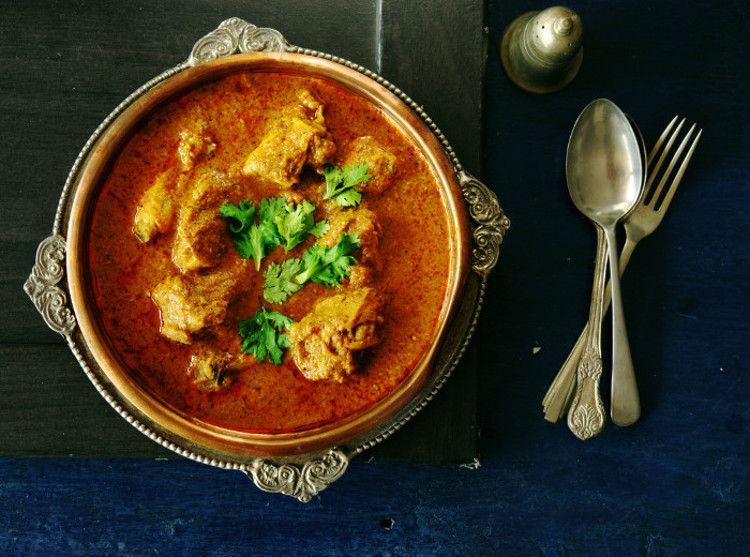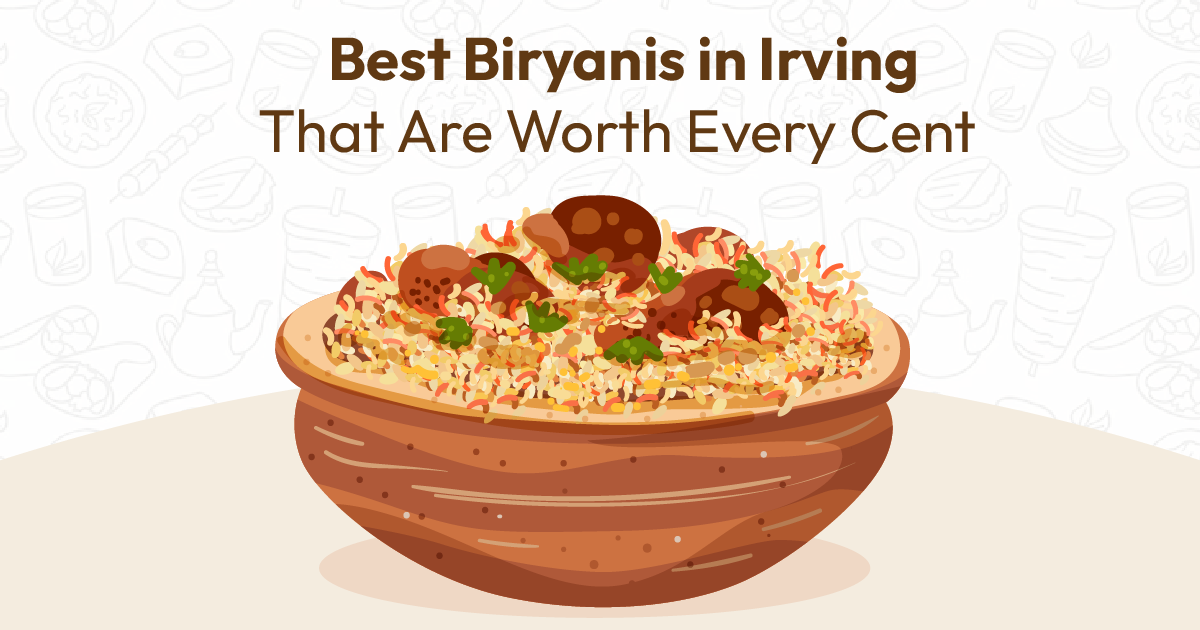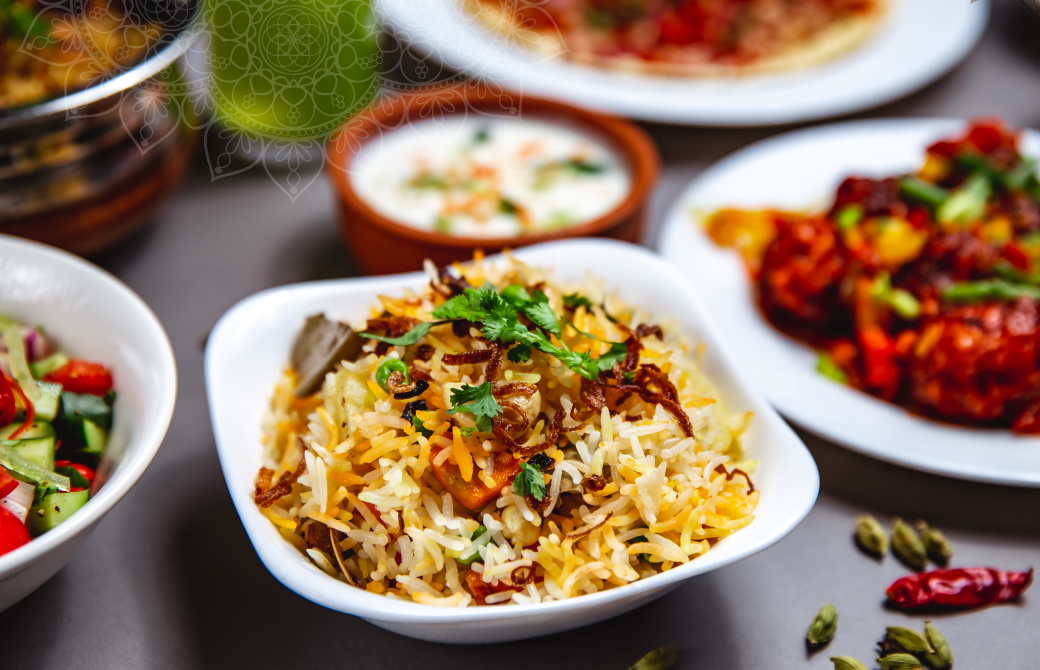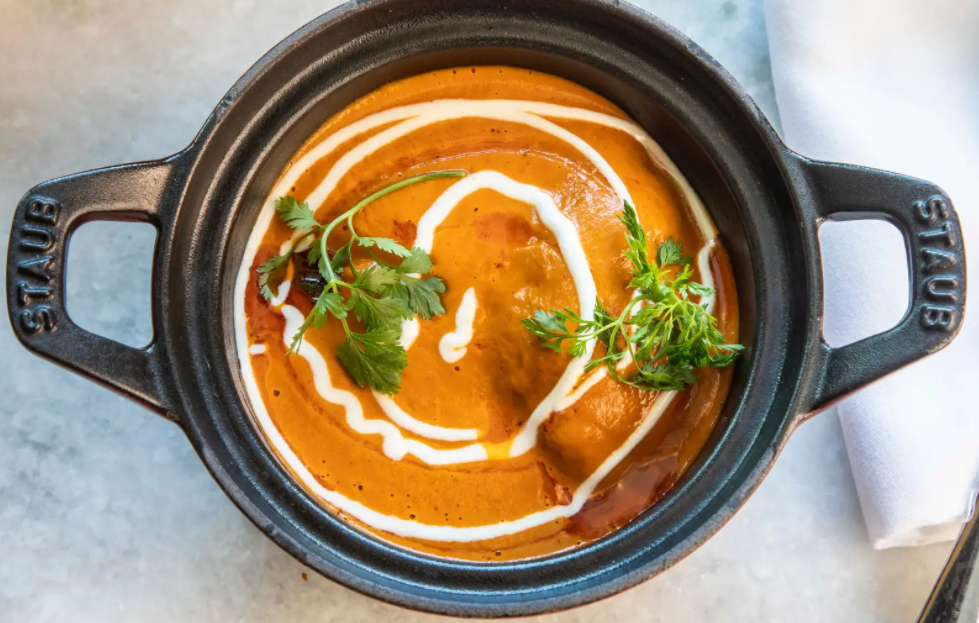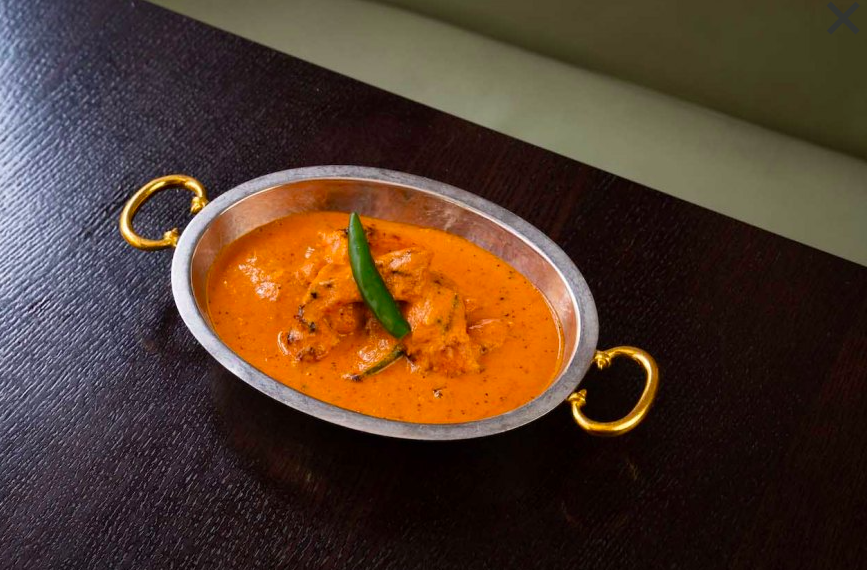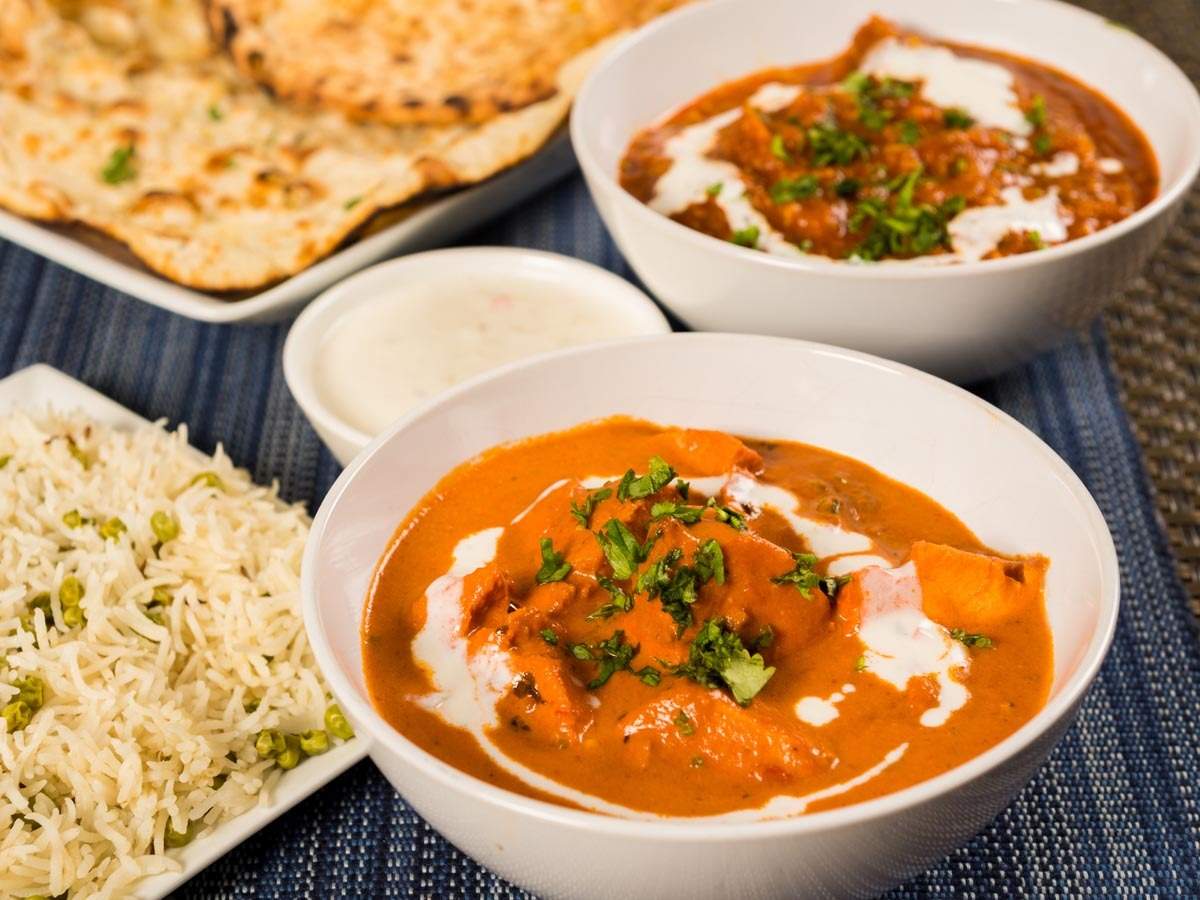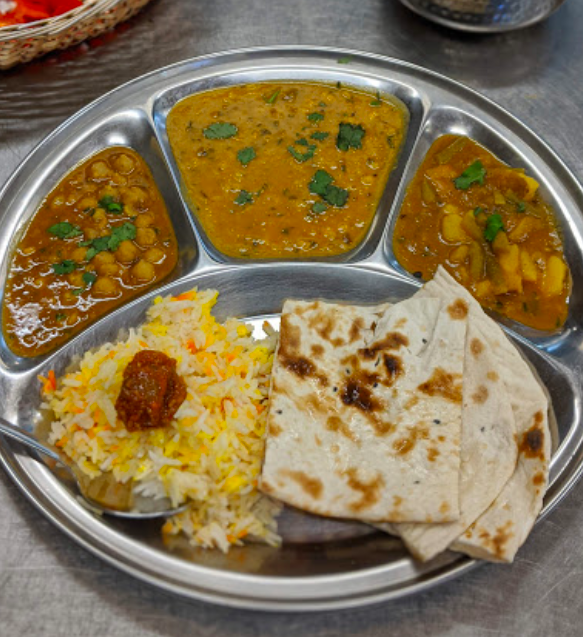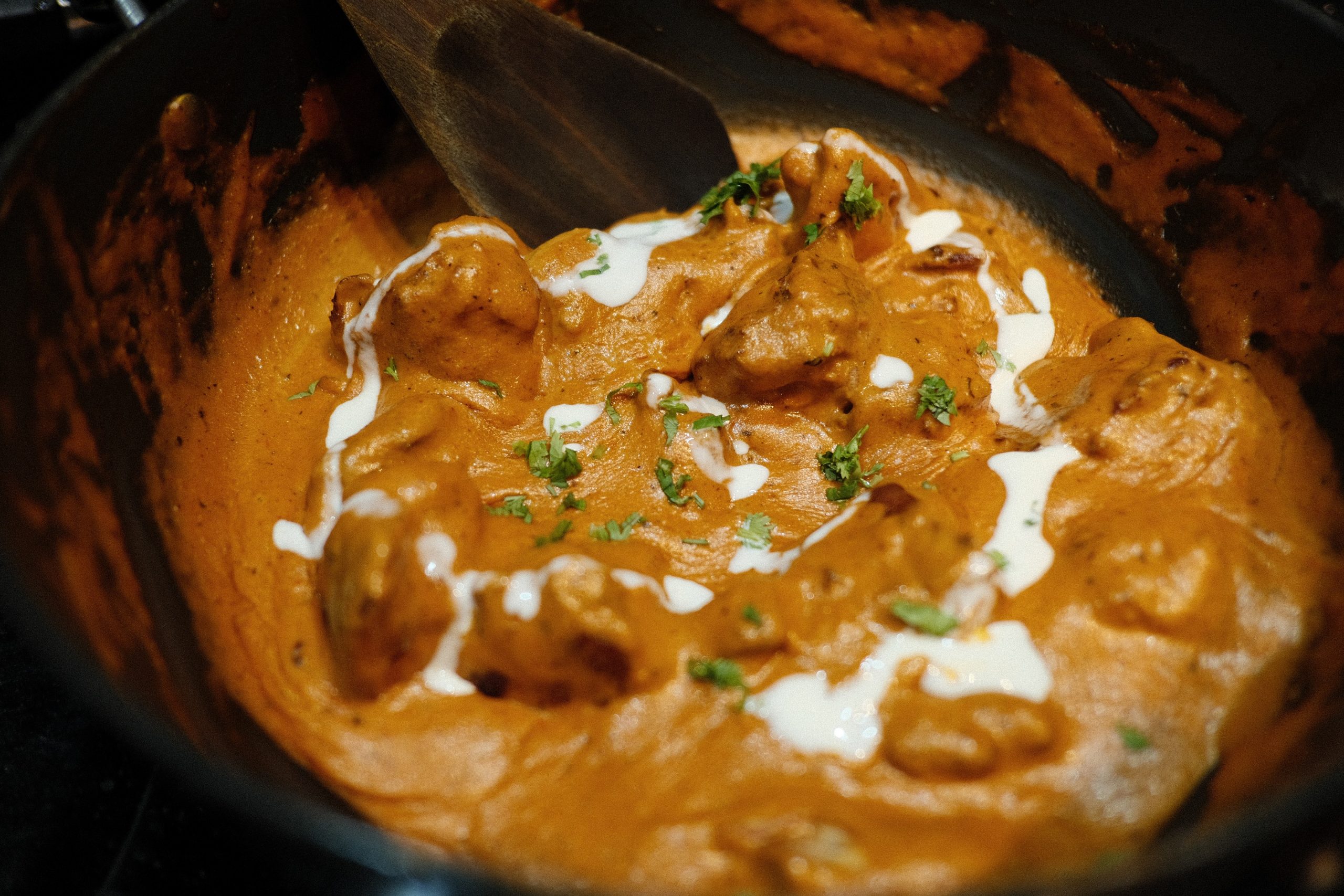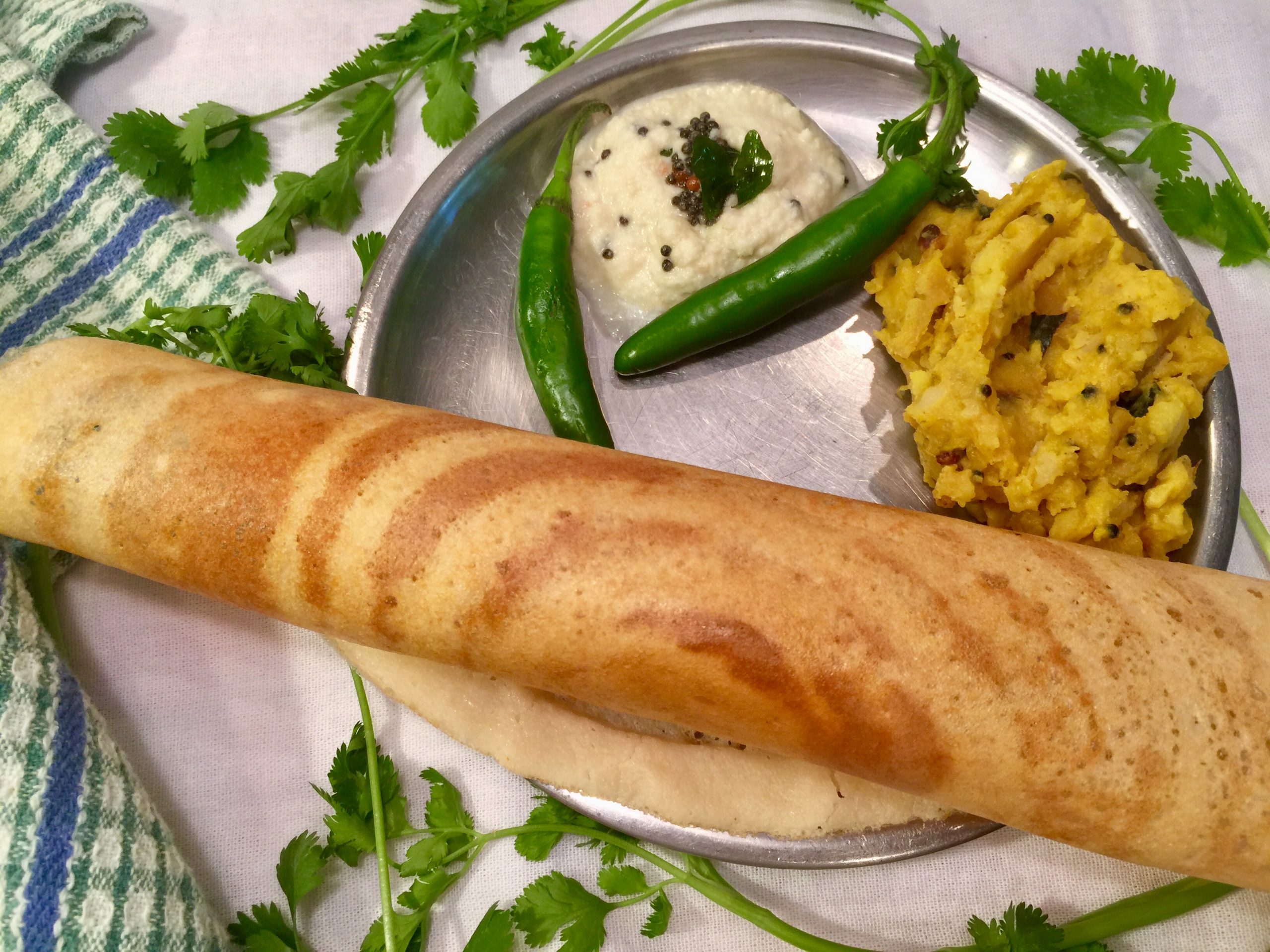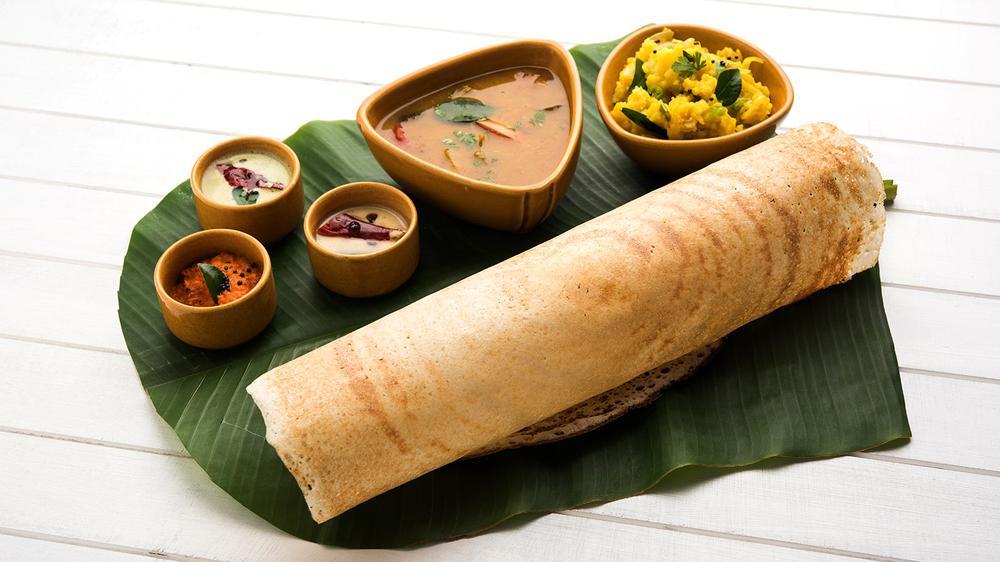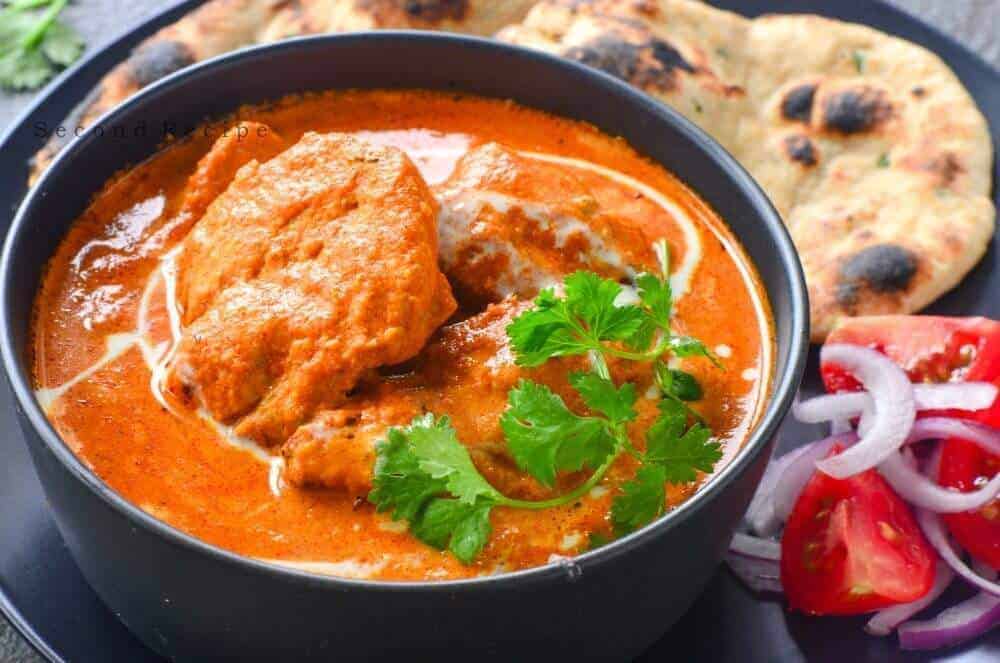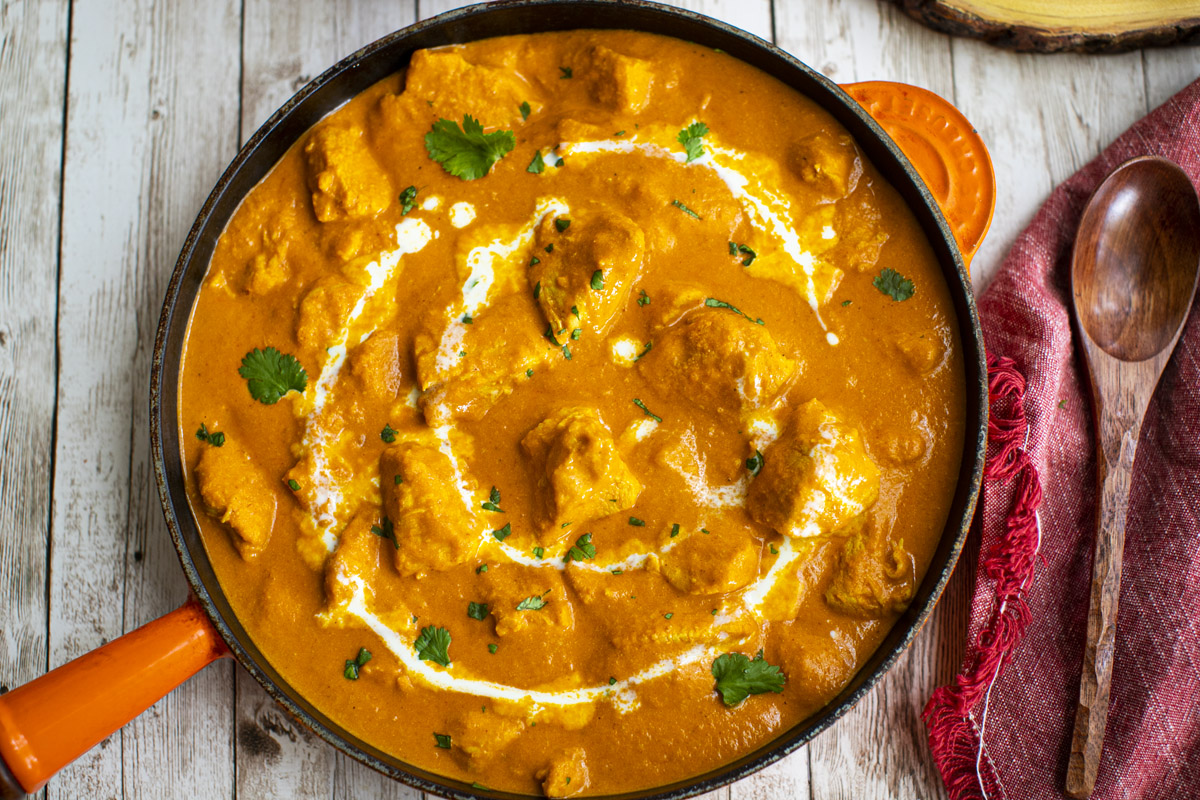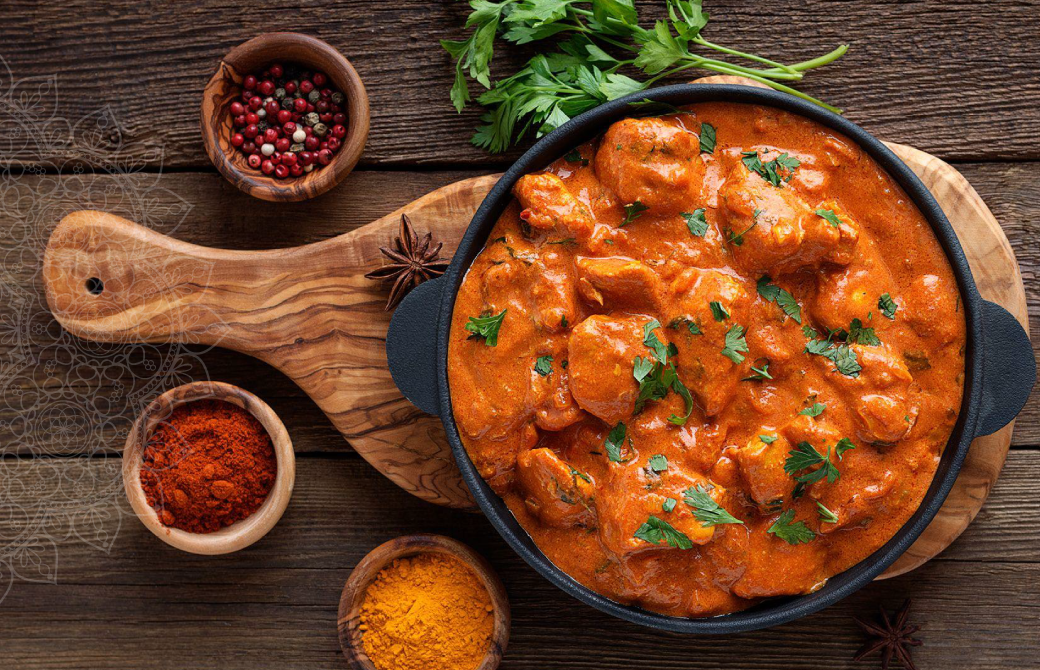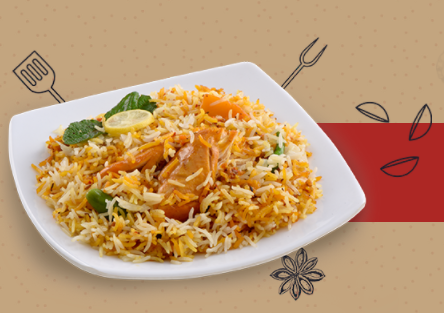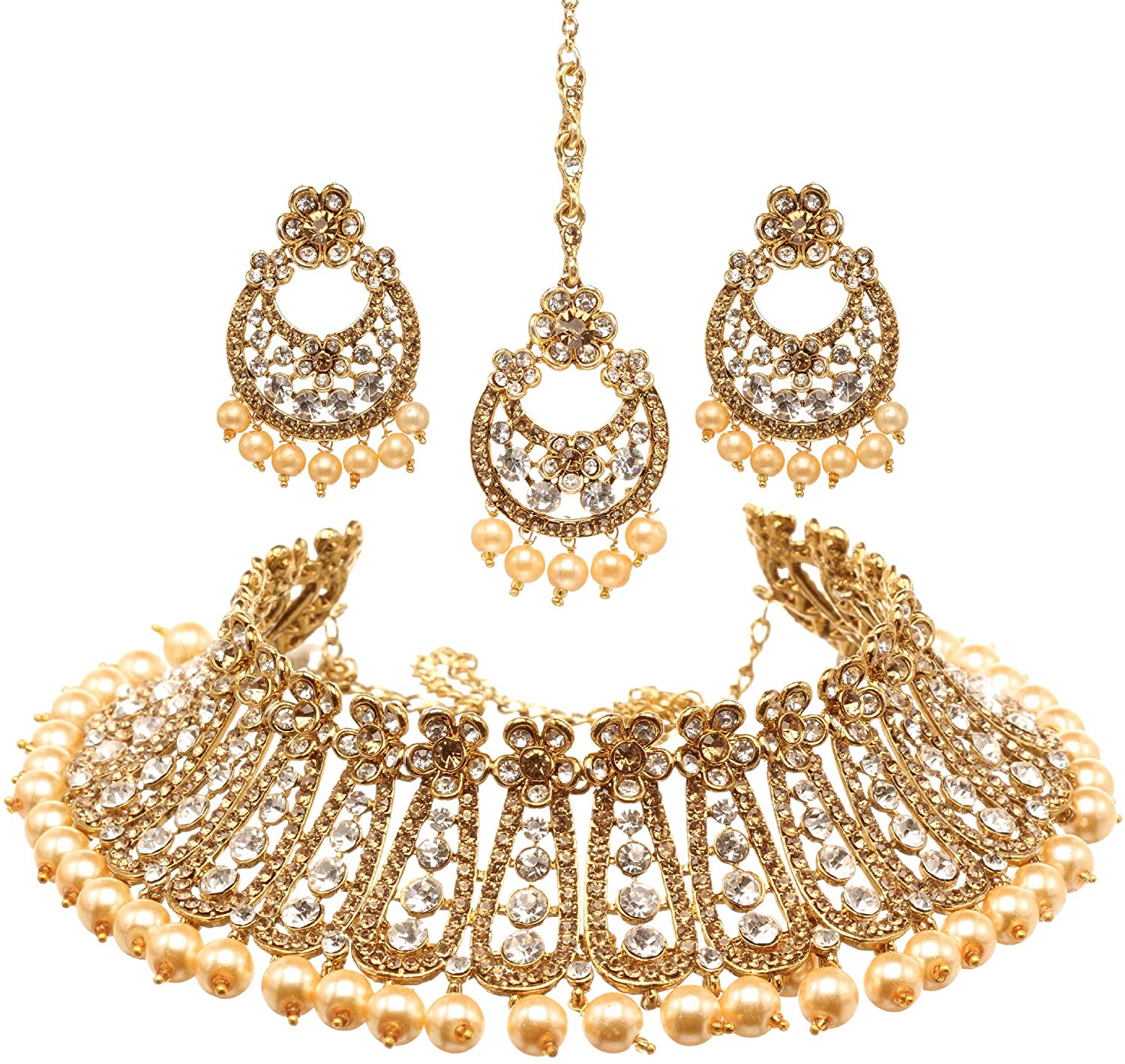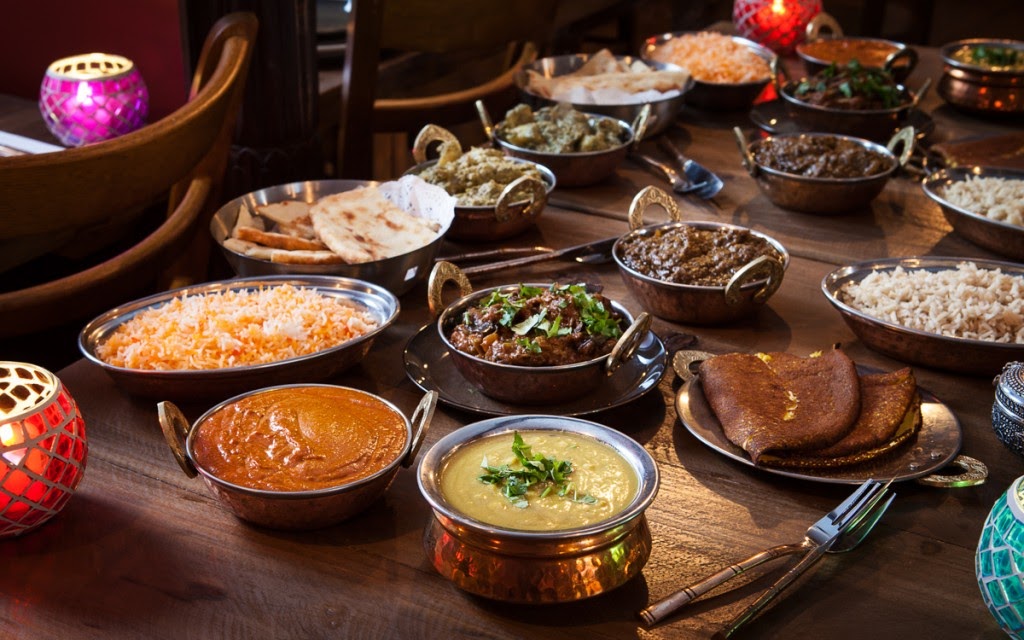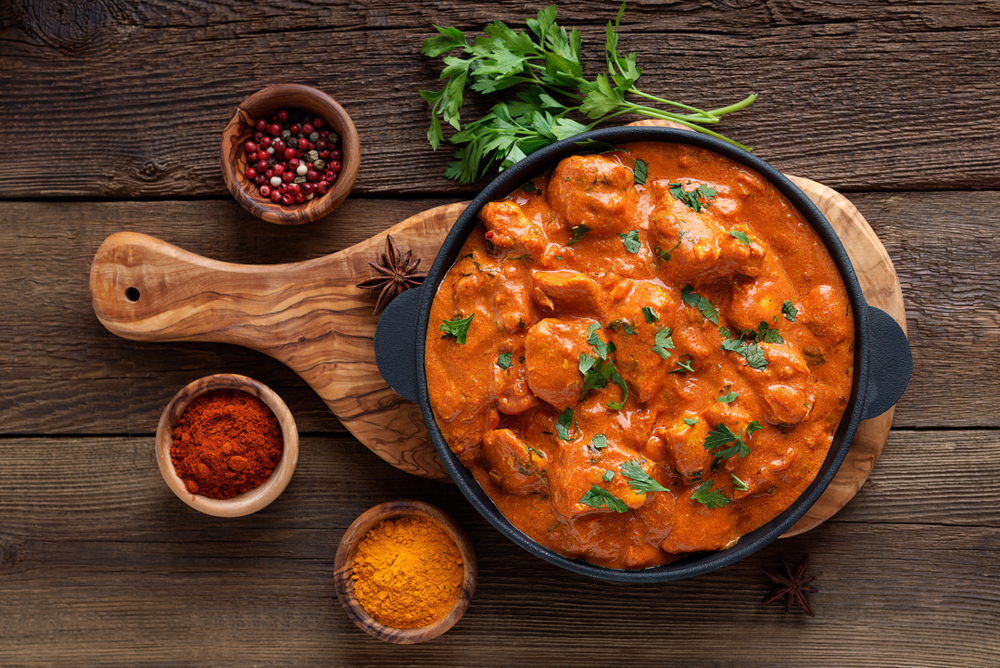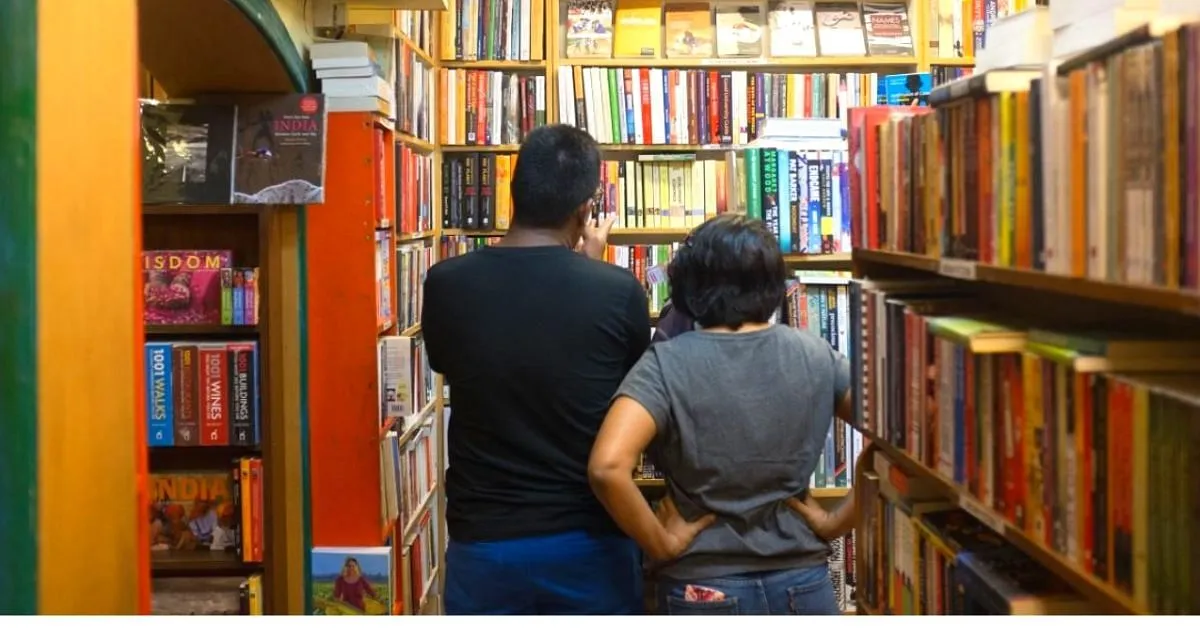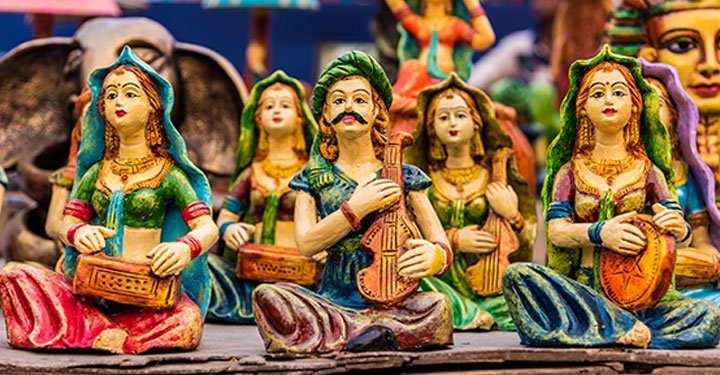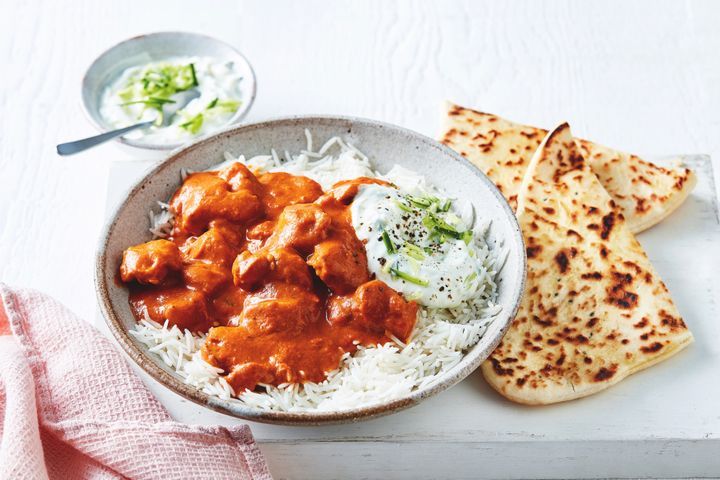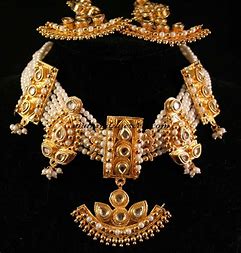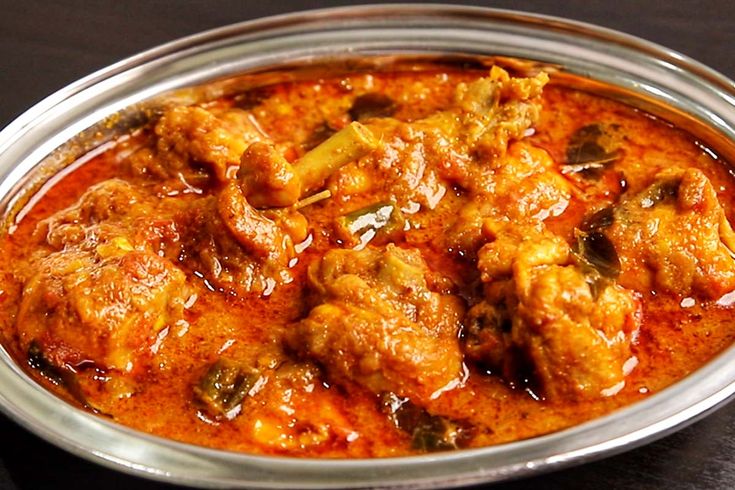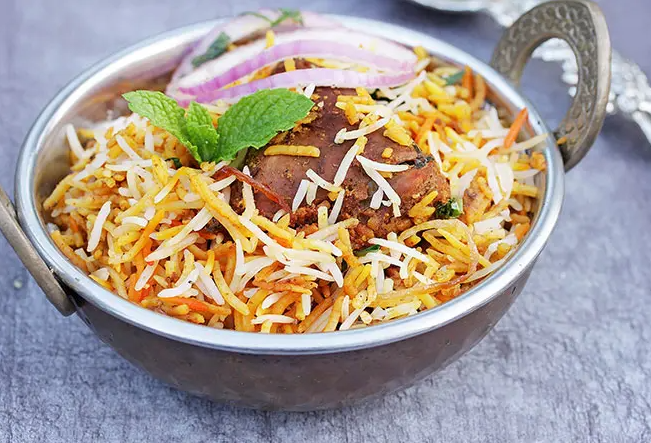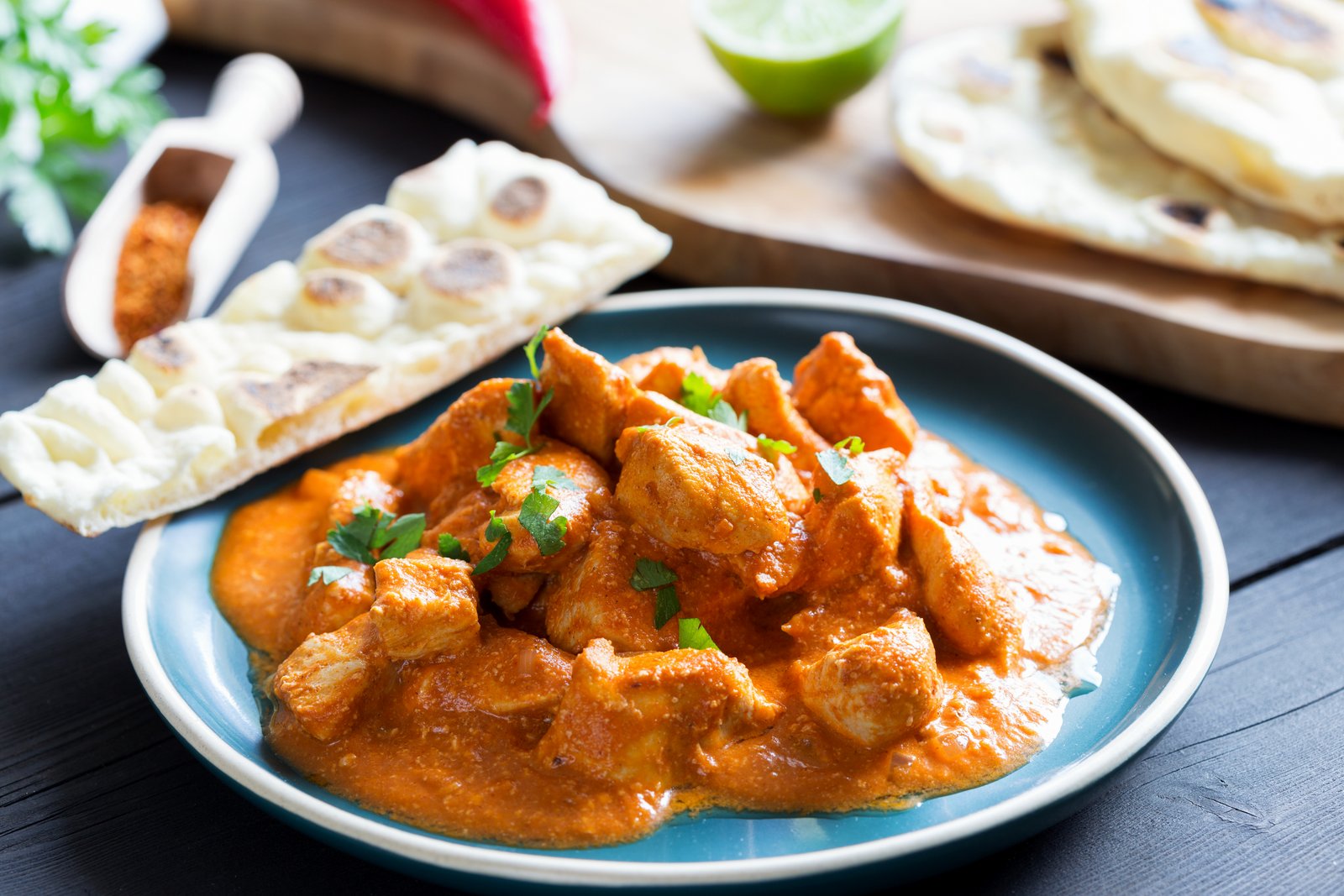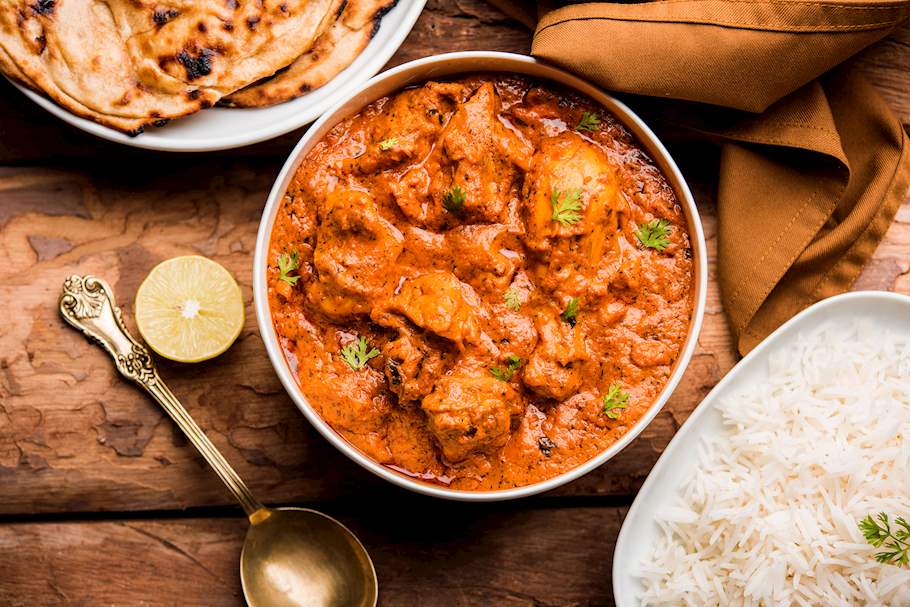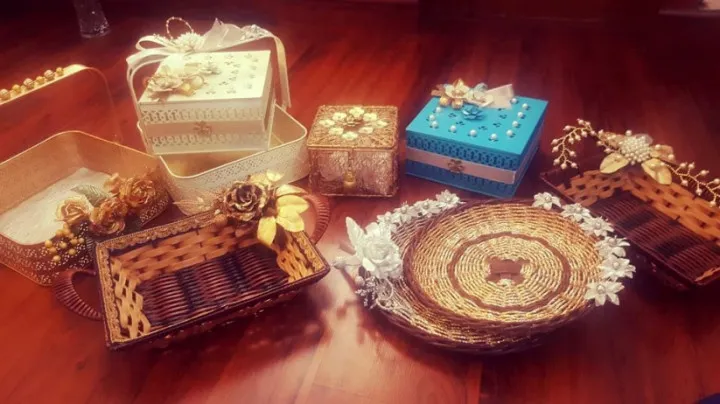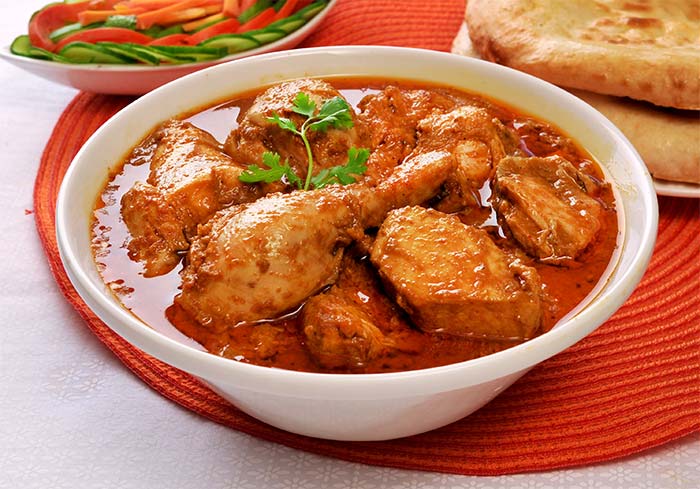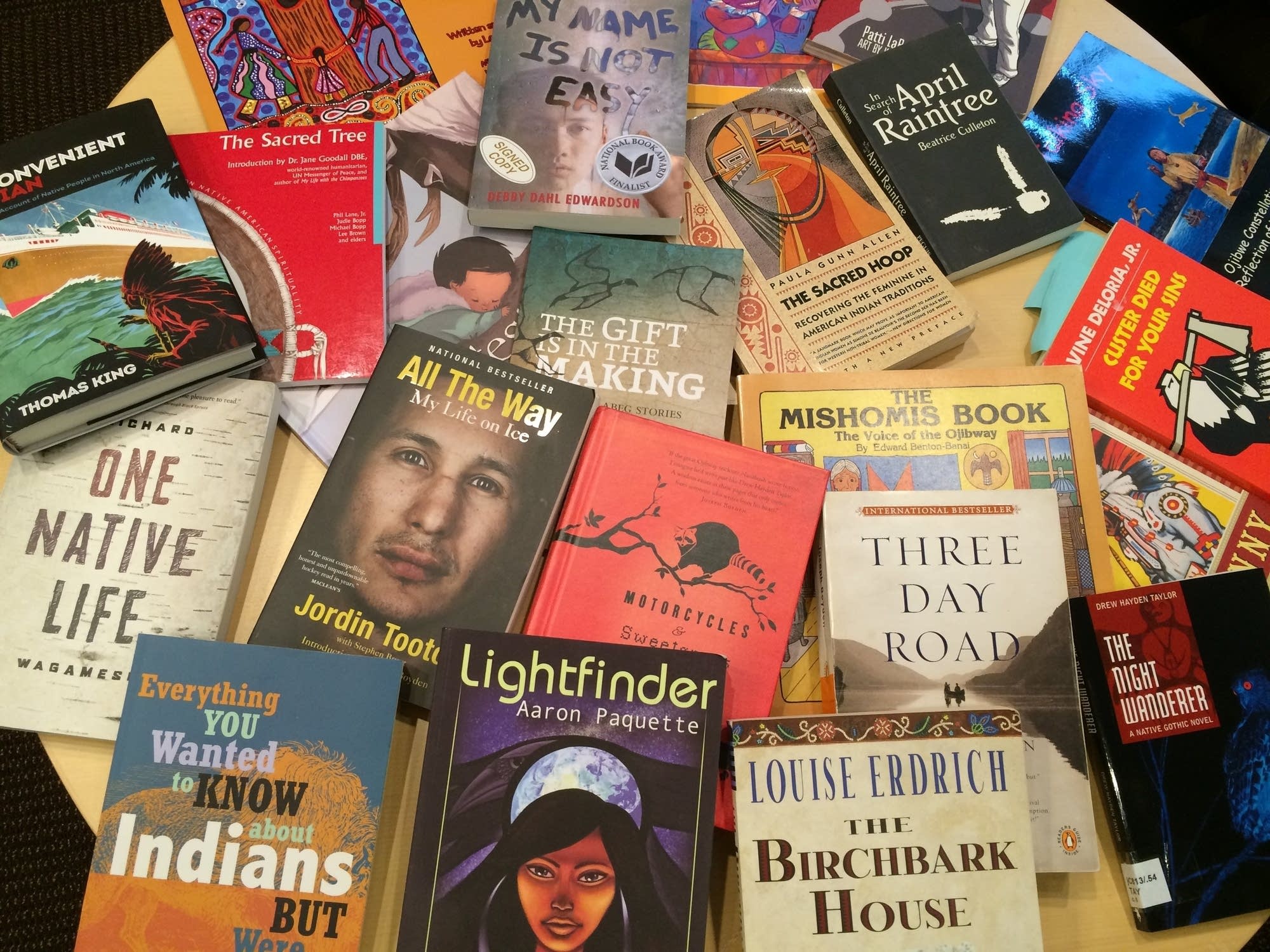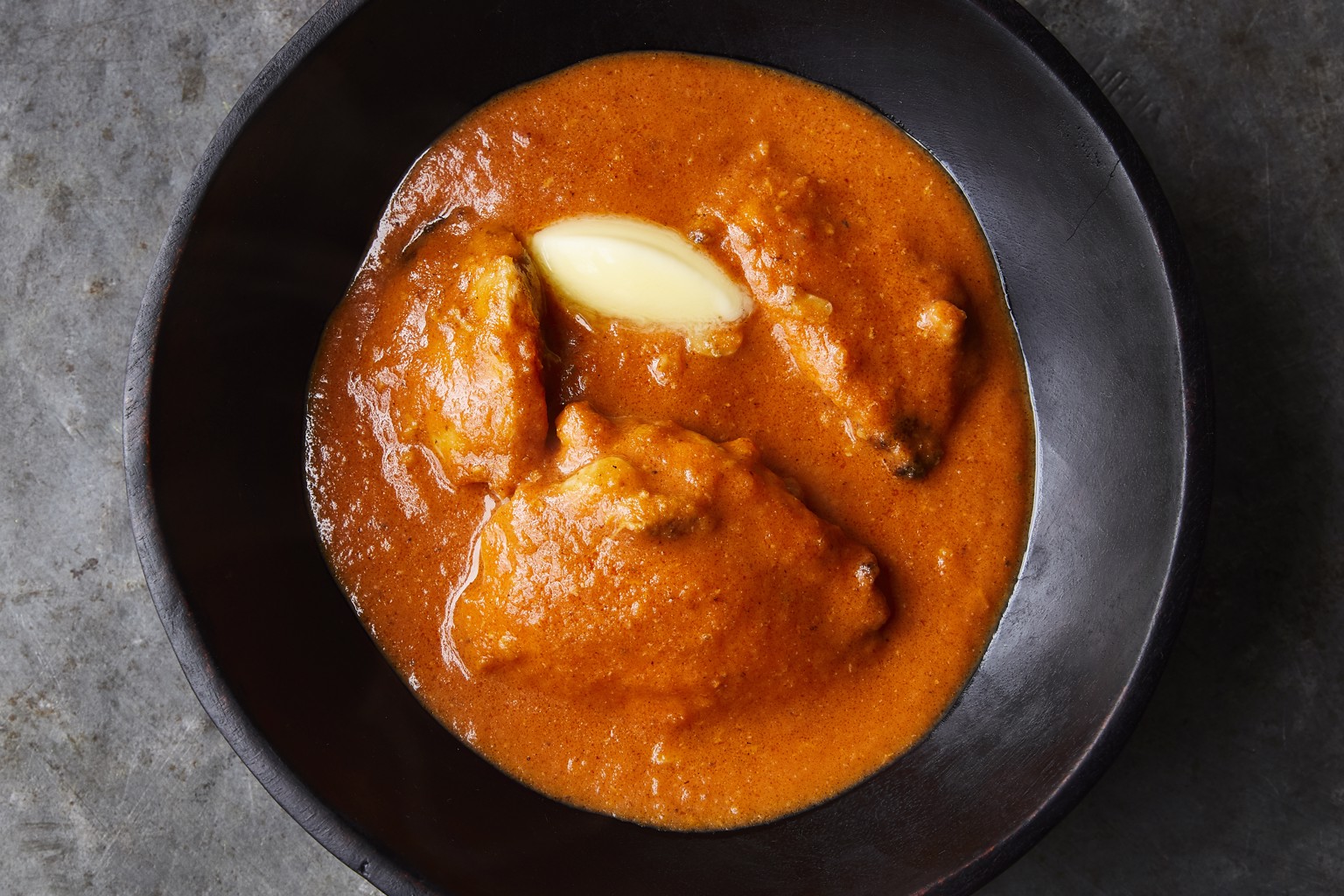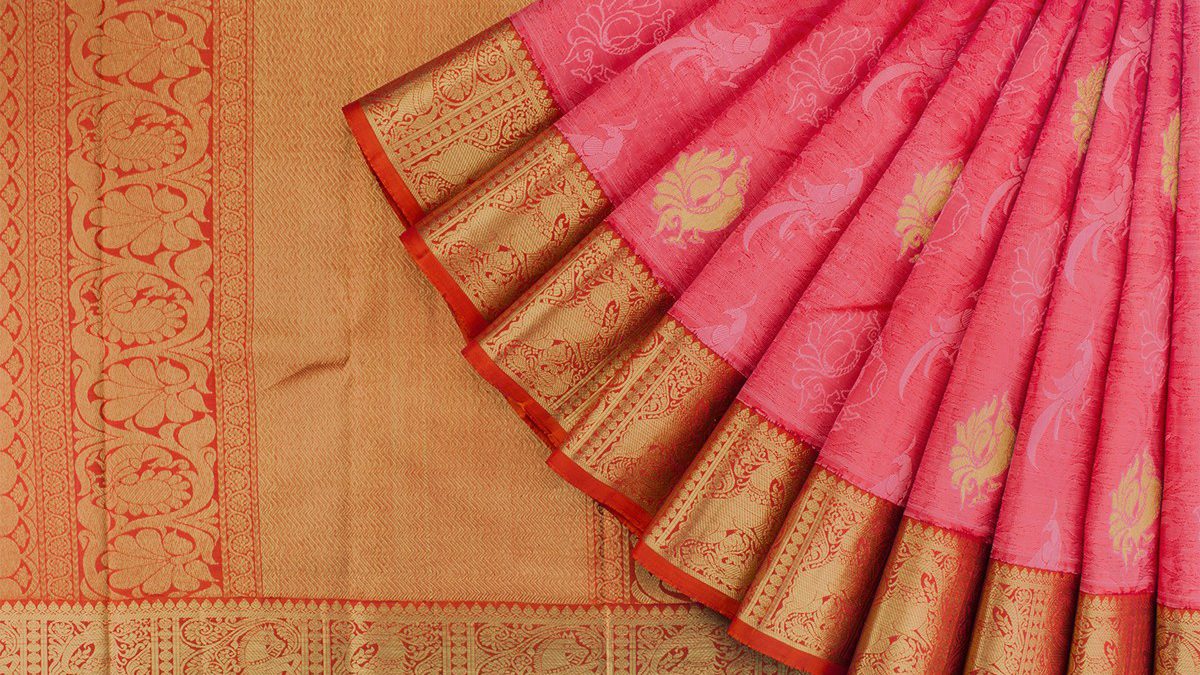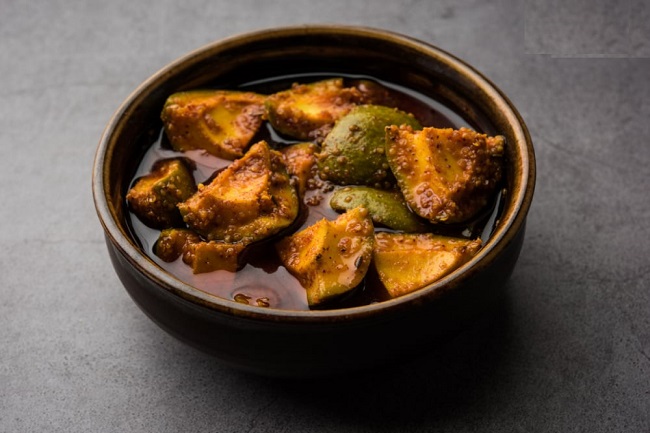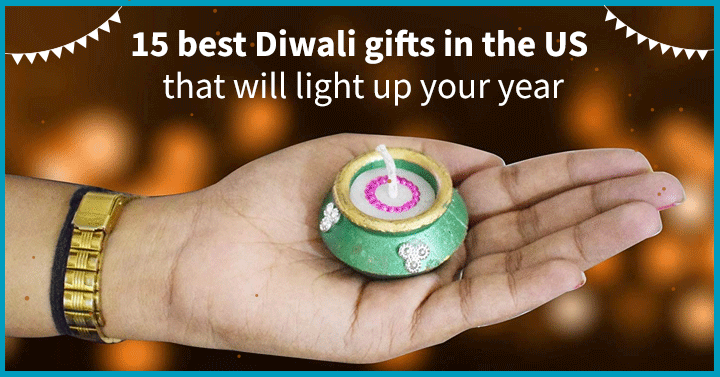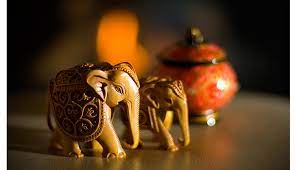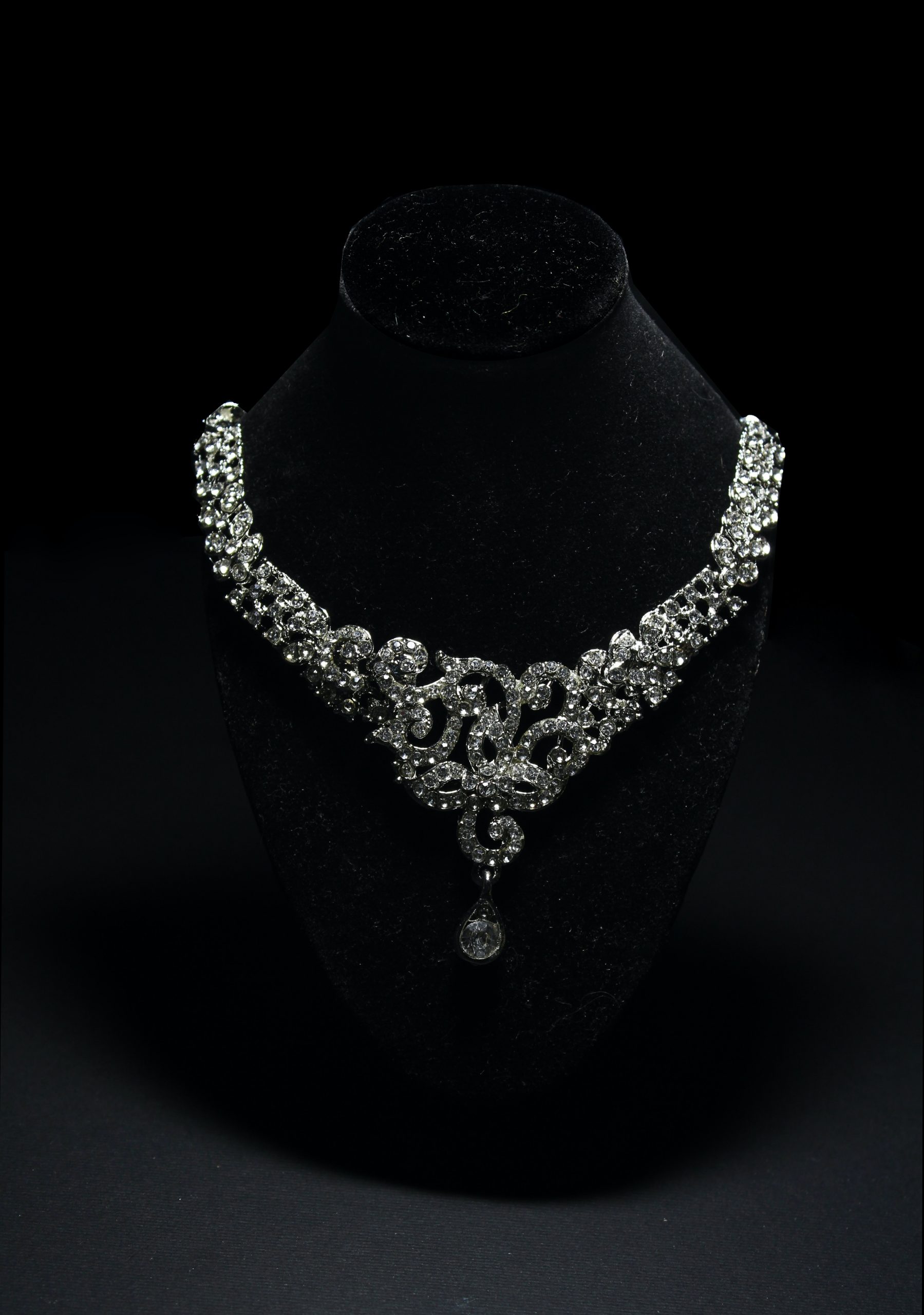8 Most Popular South Asian Desserts which you have to try
South Asian desserts are a divine indulgence, created with utmost care and steeped in rich cultural heritage. Each dessert tells a unique story, enticing taste buds and captivating hearts. From the velvety sweetness of Gulab Jamun to the creamy delight of Kheer, these desserts embody the essence of love and tradition. The journey to create these delicacies is a laborious one, demanding precision and patience. But the result is a symphony of flavours that transcends time and transports you to a realm of bliss.
Brace yourself for a delectable exploration of South Asian desserts, but remember to savour them in moderation, for their allure is irresistible.
1. Gulab Jamun
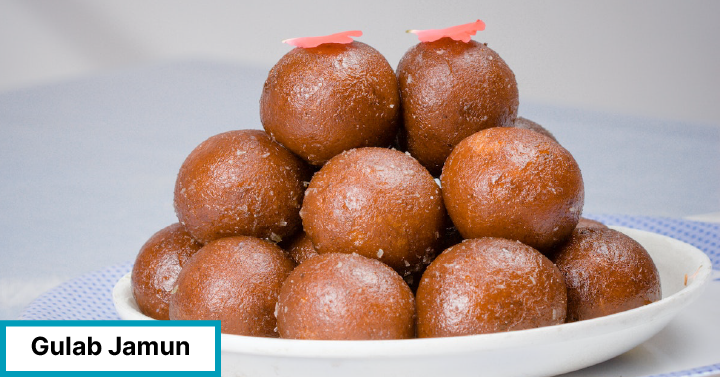
Origin: Indian subcontinent (famous in Uttar Pradesh and Madhya Pradesh)
History and cultural significance:
Gulab Jamun – one of the delectable Indian desserts, cherished in India, Pakistan, Nepal, Bangladesh, and even the Maldives, carries a fascinating history shrouded in culinary tales. Some legends trace its roots to medieval Iran, while others believe it emerged as an accidental masterpiece during the Mughal Empire. Regardless of its origins, Gulab Jamun has become an iconic sweet that graces every South Asian household. Whether it’s Eid ul-Fitr, Diwali, a birthday bash, or a wedding extravaganza, this irresistible delight reigns supreme as the dessert of choice! Get ready to satisfy your sweet tooth and dive into the world of Gulab Jamun bliss.
How it’s made:
Gulab Jamun is made from milk solids, also known as Khoya. Khoya is kneaded into a dough, combined with flour, shaped into small balls, and then deep-fried in ghee or oil until they become golden brown. They are then soaked in a sugar syrup flavoured with rose water, green cardamom, or kewra. In fact, the term ‘Gulab’ literally translates to rose!
2. Jalebi
Origin: India (famous in Punjab, Delhi, Uttar Pradesh, Bihar and West Bengal)
History and cultural significance:
Jalebi, a tantalising Indian dessert with a mysterious past, continues to captivate taste buds worldwide. Legend has it that a musical maestro from Iraq ventured on a culinary detour through Tunisia, where he conjured up this delectable treat. Fast forward to today, and Jalebi’s sweet embrace extends across South Asia, Iran, Persia, and North Africa. Remarkably, in Iran, it even serves as a heartfelt gesture of compassion during Ramadan, shared with those in need. Join us as we unravel the intriguing journey of this beloved sugary delight and explore its cultural significance across borders.
How is it made:
These golden, circular or pretzel-shaped wonders are born from a deep-fried flour batter, then immersed in a luscious sugar syrup. However, the Western adaptation takes a delightful twist, featuring a distinct batter soaked in a fragrant rose-water infused honey syrup. Meanwhile, in Northern India, Jalebi finds a heavenly companion in curd or Rabdi, a creamy milk-based dessert.
3. Gajar Ka Halwa
Origin: Indian Subcontinent (Pakistan)
History and cultural significance:
Aptly named ‘carrot sweet’, this delectable treat is believed to be the king of Pakistani desserts. With its low-fat content, long shelf life, and simple preparation, Gajar Halwa has become a must-have dessert in North Indian thalis. Picture yourself savouring a piping hot serving of Gajar ka Halwa after an exhilarating day of playing Holi with your loved ones. It’s pure bliss, an irresistible slice of heaven that adds a touch of magic to festive occasions like Diwali, Raksha Bandhan, Holi, and Eid. Get ready to indulge and experience the sweet symphony of flavours that Gajar ka Halwa
How is it made:
This royal treat is carefully prepared by gently simmering grated carrots, ghee, milk, sugar, and fragrant cardamom until it transforms into a luscious pudding-like concoction. To enhance its richness, almonds, pistachios, and cashews are skillfully sautéed in ghee and lavishly sprinkled on top. As time has passed, some regions in the Indian subcontinent have added a touch of decadence by incorporating Khoya, the creamy essence of milk solids.
4. Watalappam
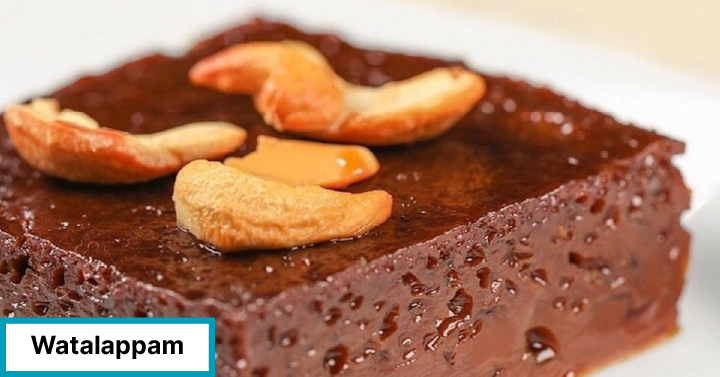
Origin: Sri Lanka
History and cultural significance:
Watalappam is a Sri Lankan dessert that dates all the way back to the 18th century when Malays from Indonesia moved to Sri Lanka during Dutch rule. The name Watalappam is derived from the Tamil words ‘Vattil’ meaning cup and ‘Appam’ meaning cake. It is believed that this sweet dish is a spin-off of the Malay dish ‘Serikaya’, which is a steamed custard. Today, Watalappam has become a part of Sri Lanka’s Muslim community and is prepared during the Eid-al-Fitr celebrations at the end of Ramadan. It is also served during weddings and other social gatherings.
How is it made:
This exquisite South Asian dessert is a divine coconut custard pudding infused with the richness of coconut milk, eggs, jaggery, and a medley of aromatic Sri Lankan spices like nutmeg, cardamom, and cloves. To take it up a notch, hints of grated vanilla pods and the essence of Pandan leaves join the mix, amplifying its irresistible flavours.
5. GudPak
Origin: Nepal
History and cultural significance:
Indulge in the irresistible charm of Gudpak, a beloved South Asian dessert celebrated in Kathmandu and Gujarat. This nutrition-rich delicacy takes centre stage during the winter season, providing a comforting treat that nourishes both body and soul. Its wholesome ingredients are believed to boost the immune system, making it a popular choice for nursing mothers and youngsters. Savour the flavours and embrace the traditions as Gudpak brings warmth and delight to your taste buds.
How is it made:
Traditionally, Gudpak is made using ghee, jaggery, special herbs, spices, nuts, and most importantly, Gond — an edible gum sourced from acacia plants found in Rajasthan, Punjab, Gujarat, and the Middle East.
6. Kavum
Origin: Sri Lanka
History and cultural significance:
The crispy delight of Kavum, the beloved deep-fried Sri Lankan dessert steals the spotlight during Sinhalese New Year celebrations. Legend has it that King Dutugemunu, in an act of compassion, prepared this sweet treat using the Kithul treacle to nourish his soldiers during wartime. Not only steeped in history but Kavum is also revered for its healing properties, as documented in ancient Sri Lankan texts. Join the culinary journey and indulge in this sacred delicacy, embodying tradition, taste, and tales of resilience.
How is it made:
Kavum is made by deep-frying a mixture of rice flour, Kithul treacle, coconut oil, and salt.
7. Shahi Tukda

Origin: Indian subcontinent (Pakistan)
History and cultural significance:
Transport yourself to the royal era of the Mughals with Shahi Tukda, a delectable Pakistani dessert born from the ingenious use of leftover bread. The name itself, a fusion of ‘Shahi’ meaning royal and ‘Tukda/Tukra’ meaning piece, encapsulates its regal essence. This irresistible South Asian delight has gracefully transitioned from humble origins to become a cherished highlight on menus for celebrations, festivities, and those special moments that call for a touch of indulgence. Experience the richness and elegance of Shahi Tukda, a treat fit for royalty.
How is it made:
Golden-brown slices of bread soaked in a luscious milk-based sauce, crowned with creamy Rabdi, and adorned with almonds, pistachios, and delectable dry fruits. While retaining its timeless essence, modern chefs are crafting exciting variations with elements like Rabri panna cotta, Pista Kulfi, toffee sauce, tangy berries, and zesty orange slices
8. Kheer
Origin: India (famous in Tamil Nadu, Karnataka, Kerala, and Andhra Pradesh)
History and cultural significance:
Kheer is a creamy South Asian dessert that goes by many names. From Kheeri to Payasam, Phirni to Payesh, its rich heritage spans the ages. Derived from the Sanskrit word ‘Ksheer,’ meaning sweet rice pudding, Kheer holds a treasured place in ancient Indian cuisine, even mentioned in Ayurvedic texts. With a history dating back over two thousand years, this delightful treat has become a sacred offering at Hindu temples and a cherished indulgence at joyous weddings and vibrant festive gatherings, bridging cultures and spreading pure bliss.
How is it made:
Kheer is made by boiling rice, sugar, and milk. It is also typically flavoured with cardamom, raisins, desiccated coconut, assorted nuts, dry fruits, and saffron. Some other versions of this traditional South Asian dessert include substituting rice with wheat, tapioca, millet, vermicelli, or even sweet corn.
9. FAQs
- What are some modern South Asian desserts?
Modern South Asian desserts include fusion creations like Gulab Jamun cheesecake, Chai-infused panna cotta, and saffron-infused ice cream sandwiches, blending traditional flavours with contemporary twists.
- Are South Asian desserts usually very sweet?
South Asian desserts do tend to be sweet, often featuring ingredients like sugar, jaggery, or condensed milk. However, the level of sweetness can vary, and some desserts offer a balance of flavours with spices and aromatic ingredients.
- Are there any healthier alternatives to traditional South Asian desserts?
Yes, there are healthier alternatives to traditional South Asian desserts. Some options include using natural sweeteners like honey or dates, incorporating whole grains, reducing sugar content, and exploring desserts made with fruits, nuts, and yoghurt-based ingredients.
- Where can I find South Asian desserts in Western countries?
South Asian desserts can be found in specialised South Asian grocery stores, Indian sweet shops, and restaurants serving regional cuisines. Many Western supermarkets and online platforms also offer a variety of packaged South Asian desserts for convenient access.
Sign Up Today
Sign up to our newsletter and get the latest info.
